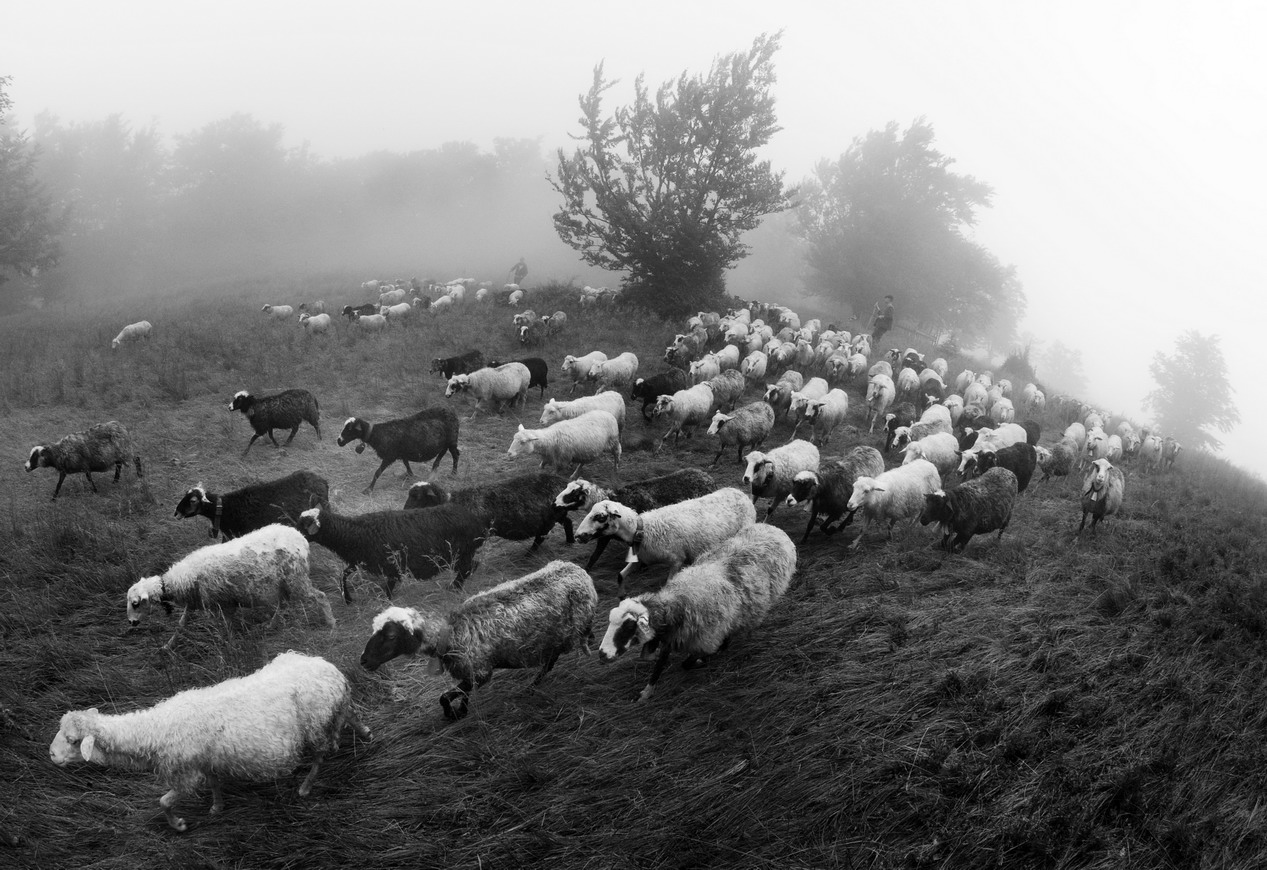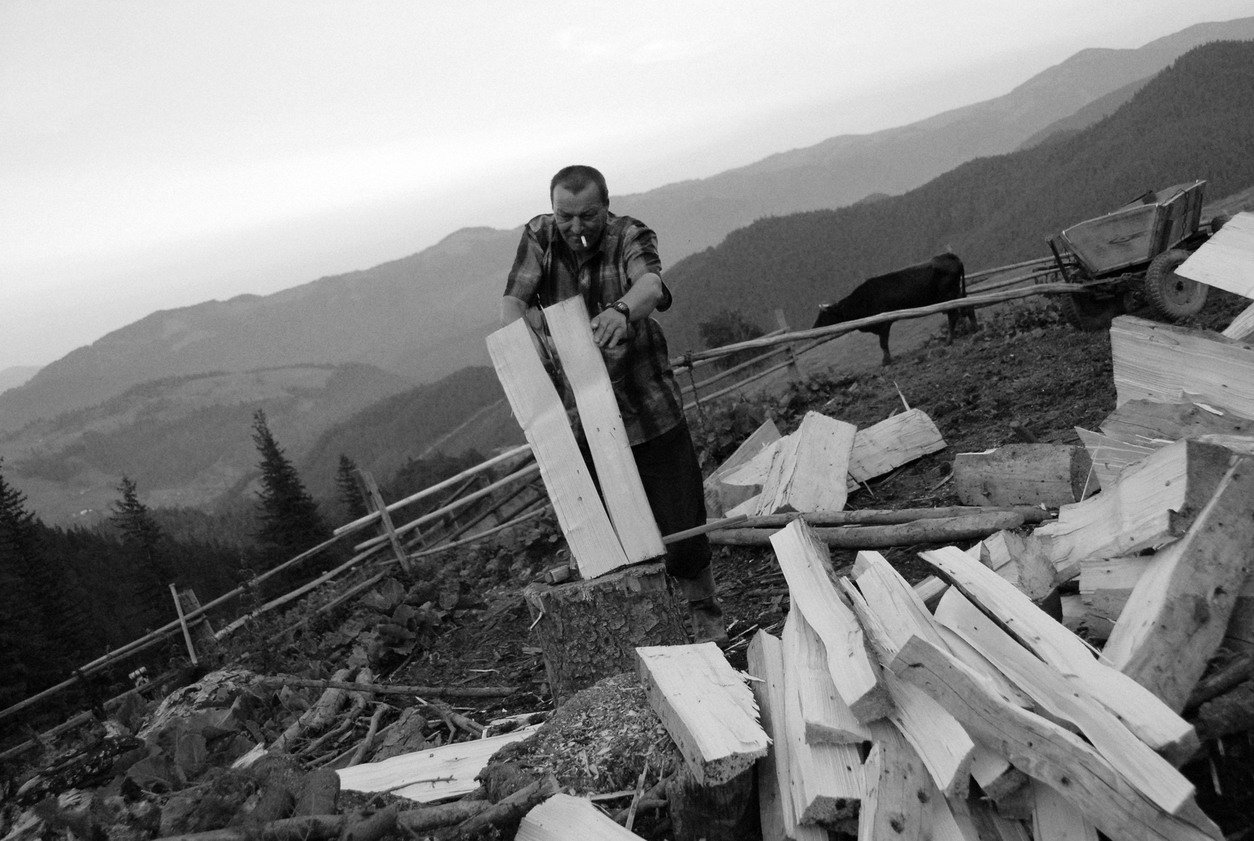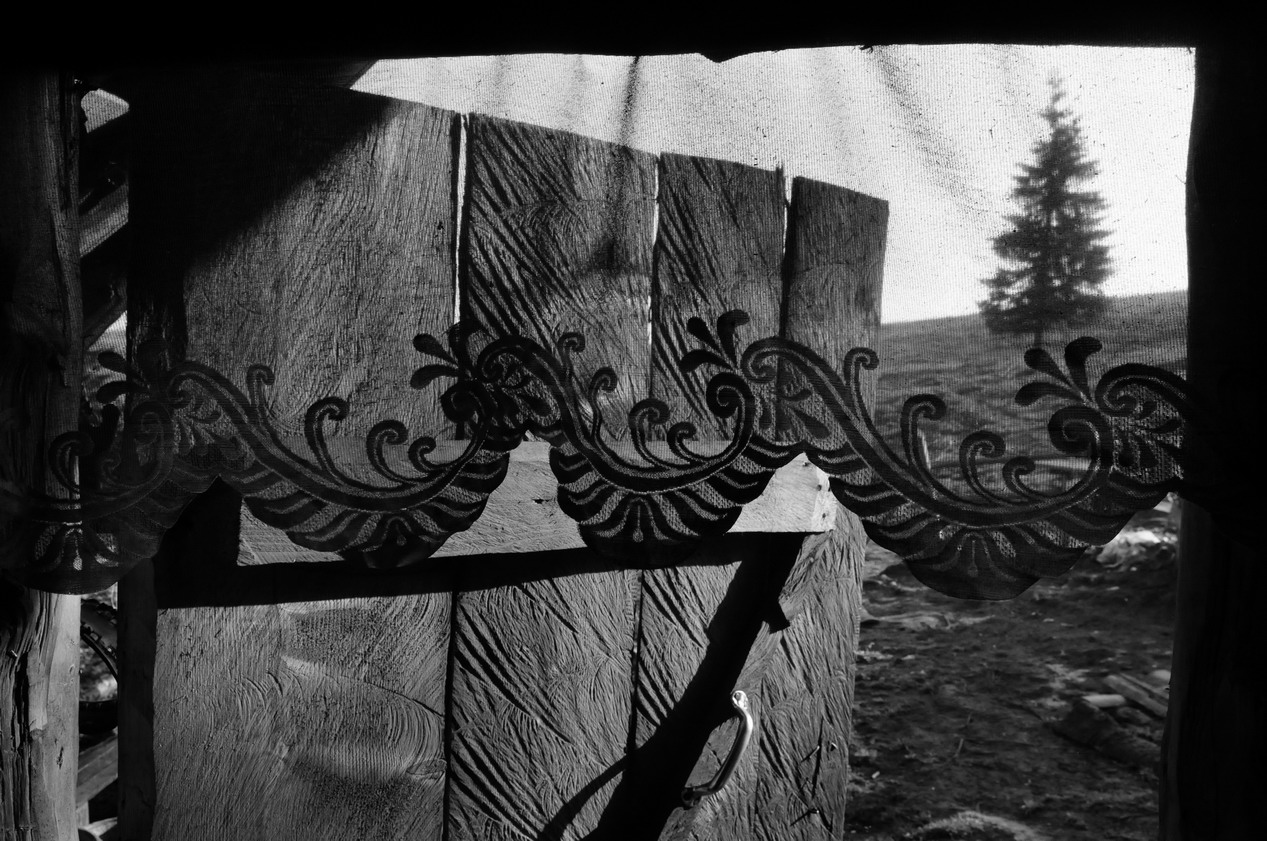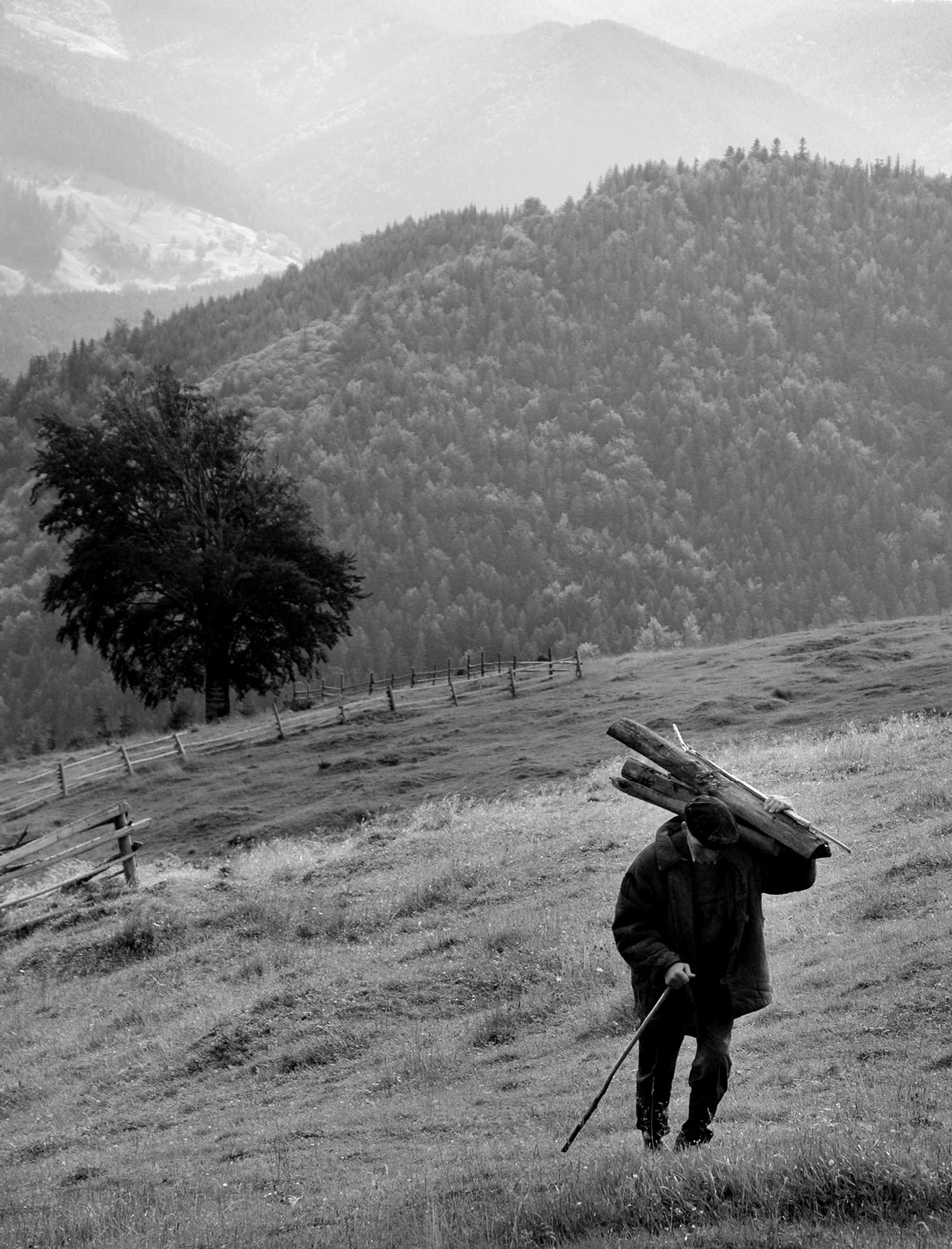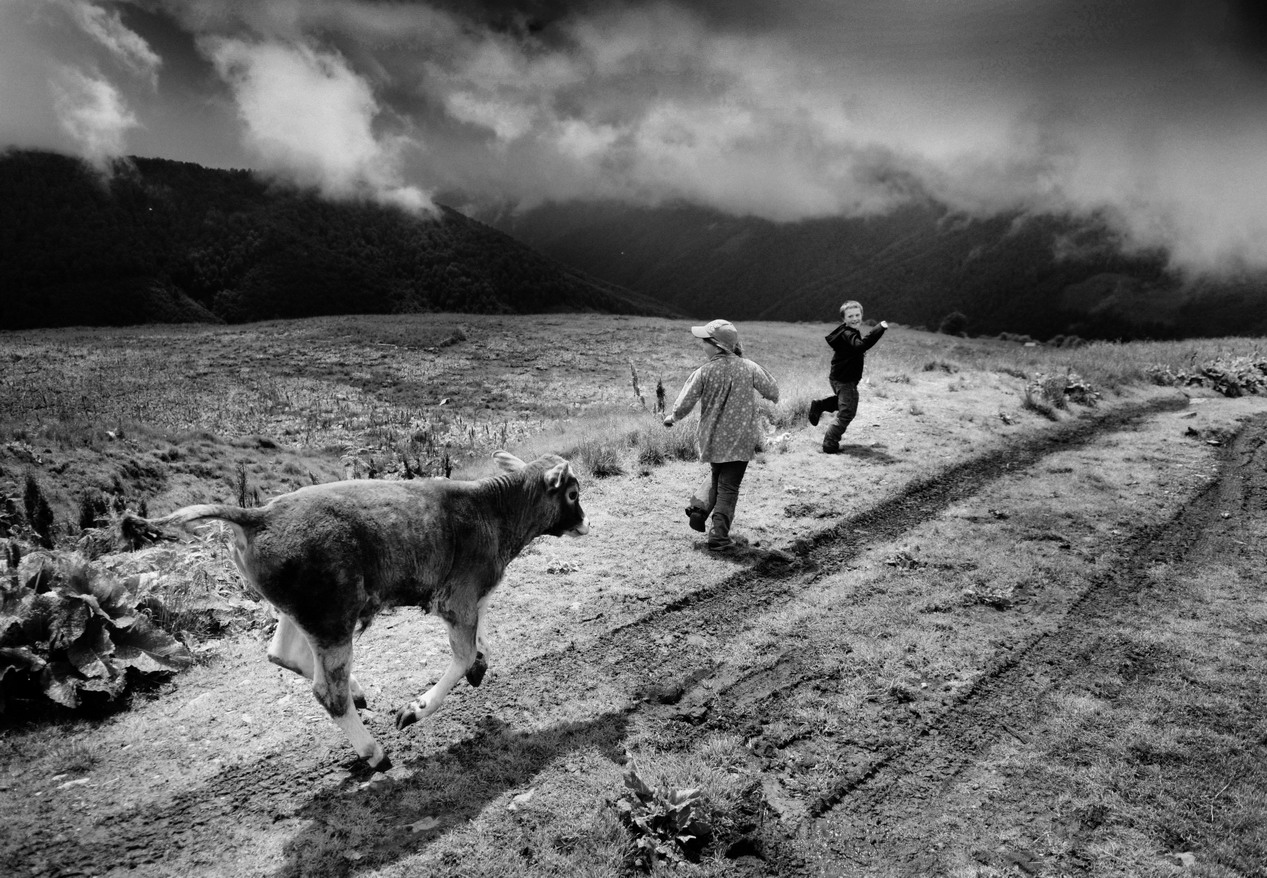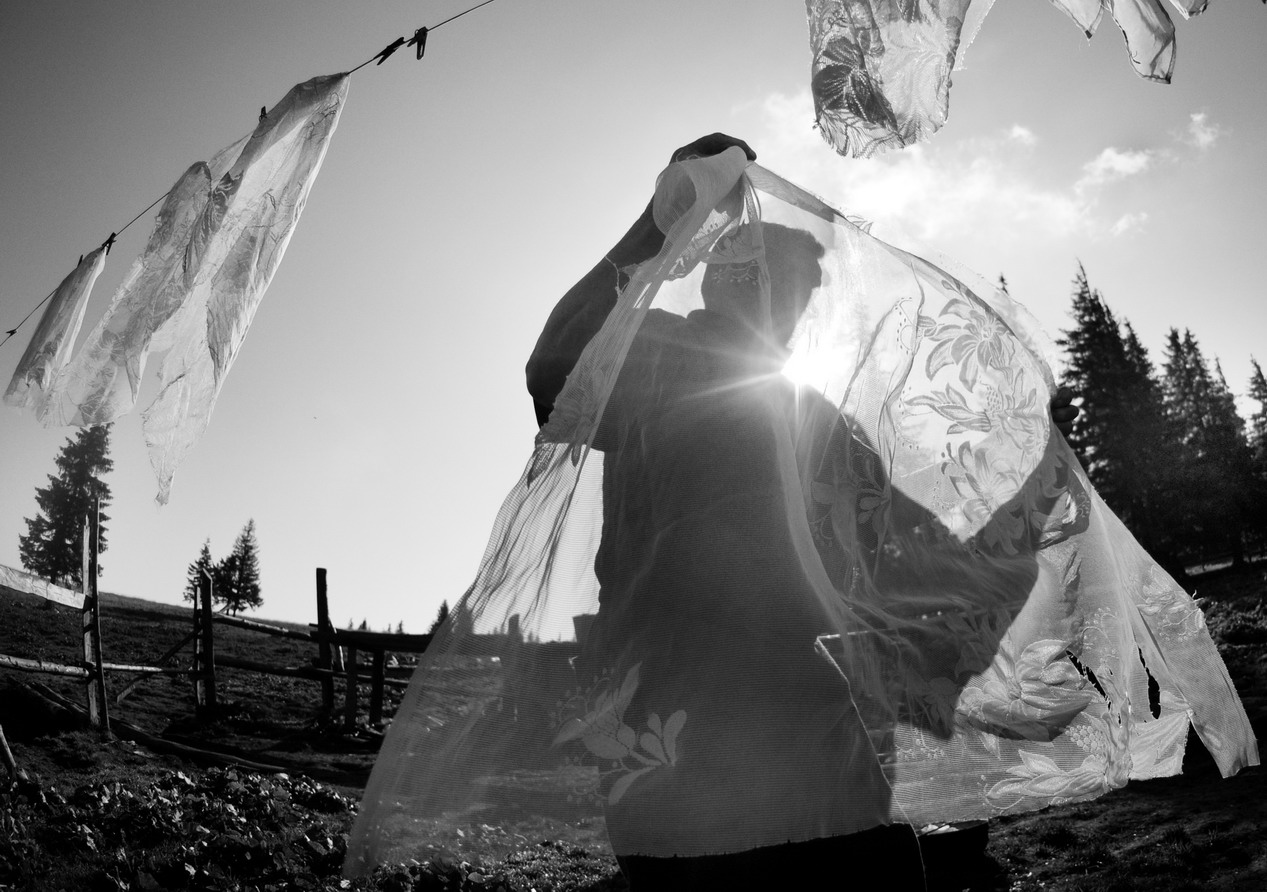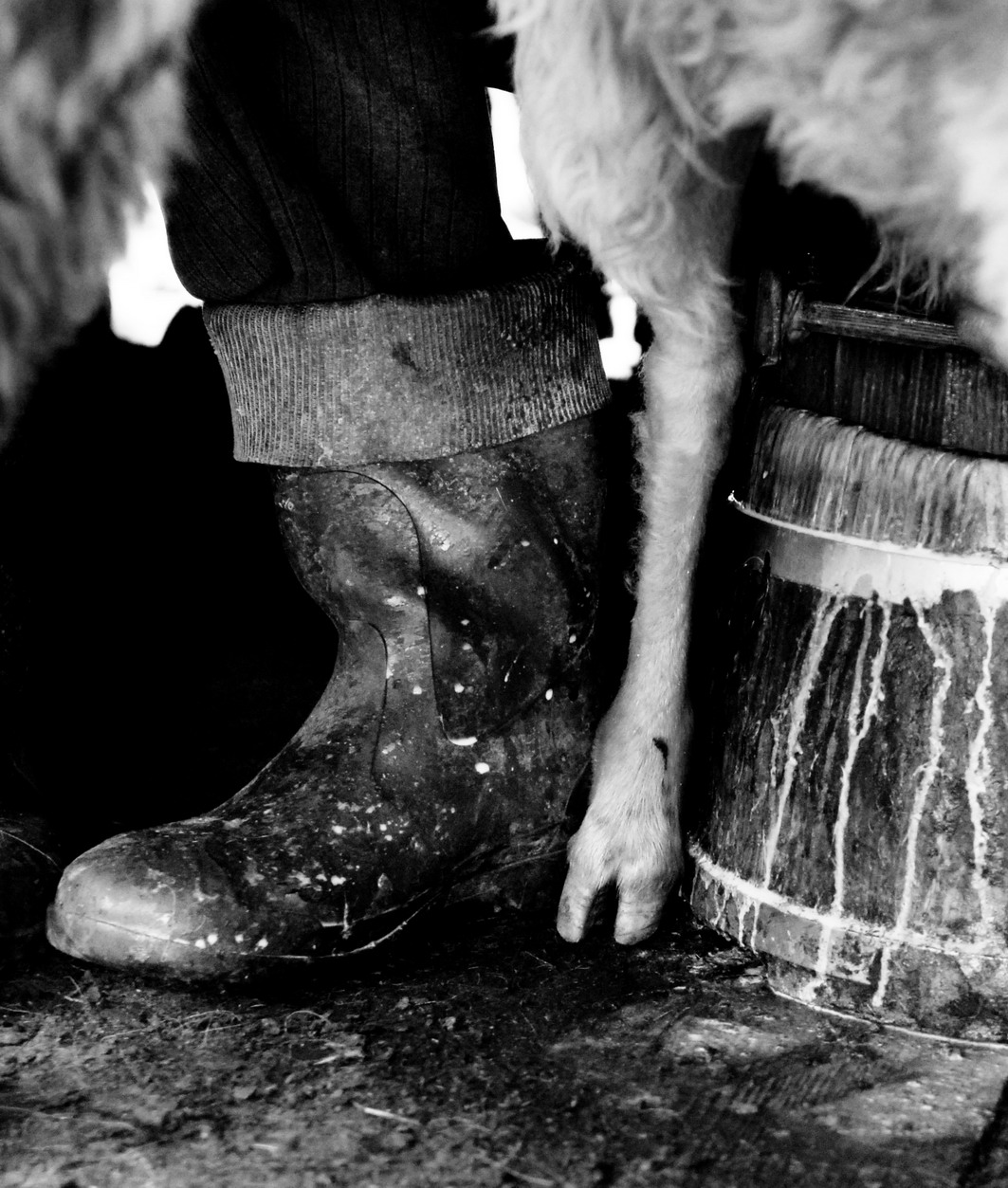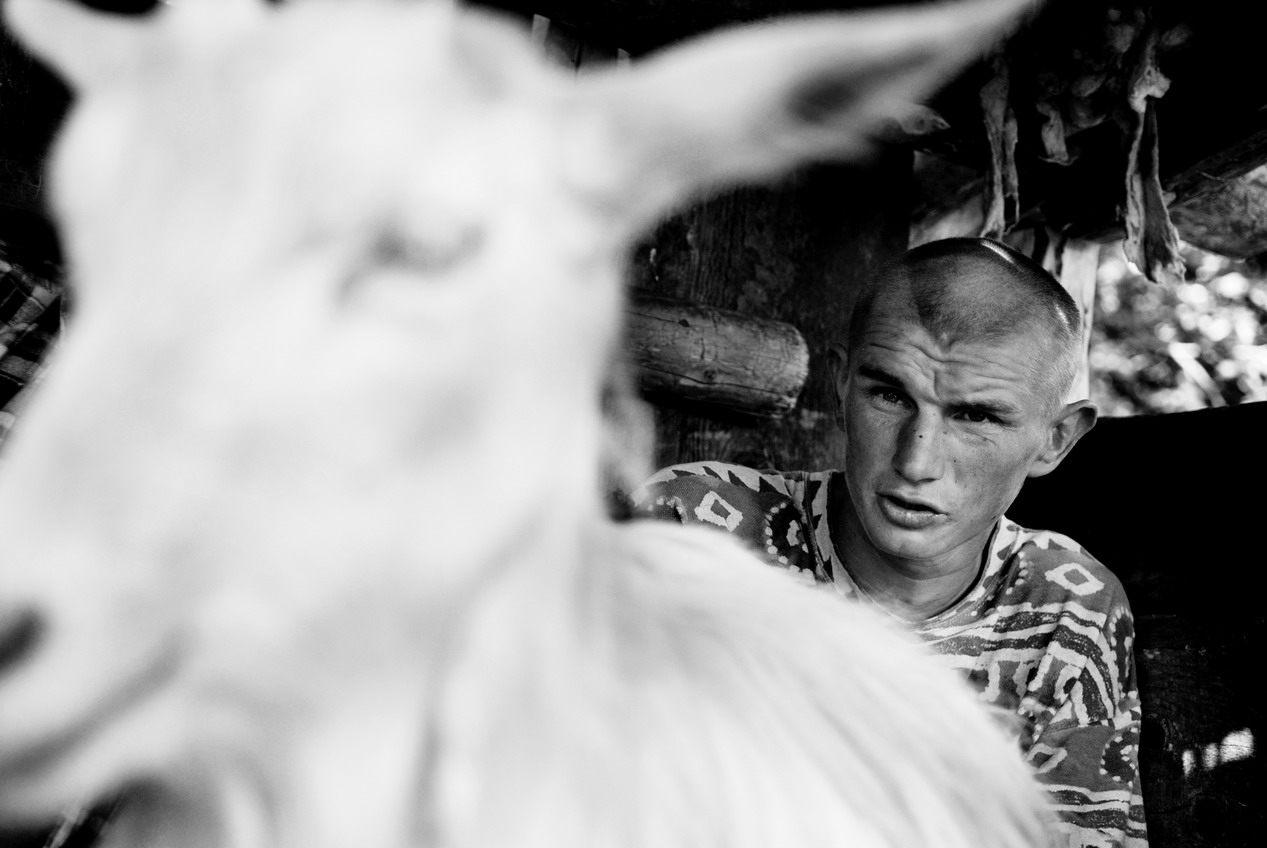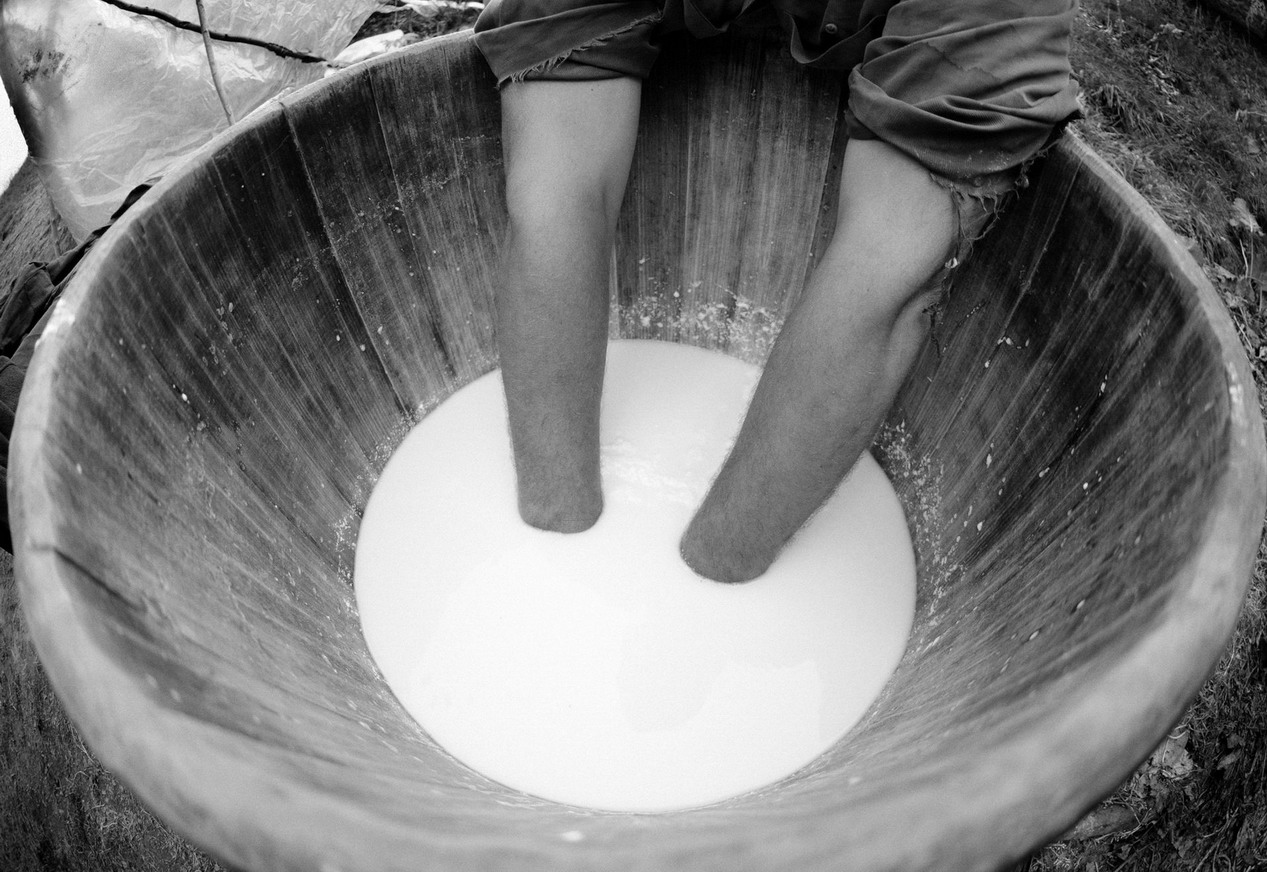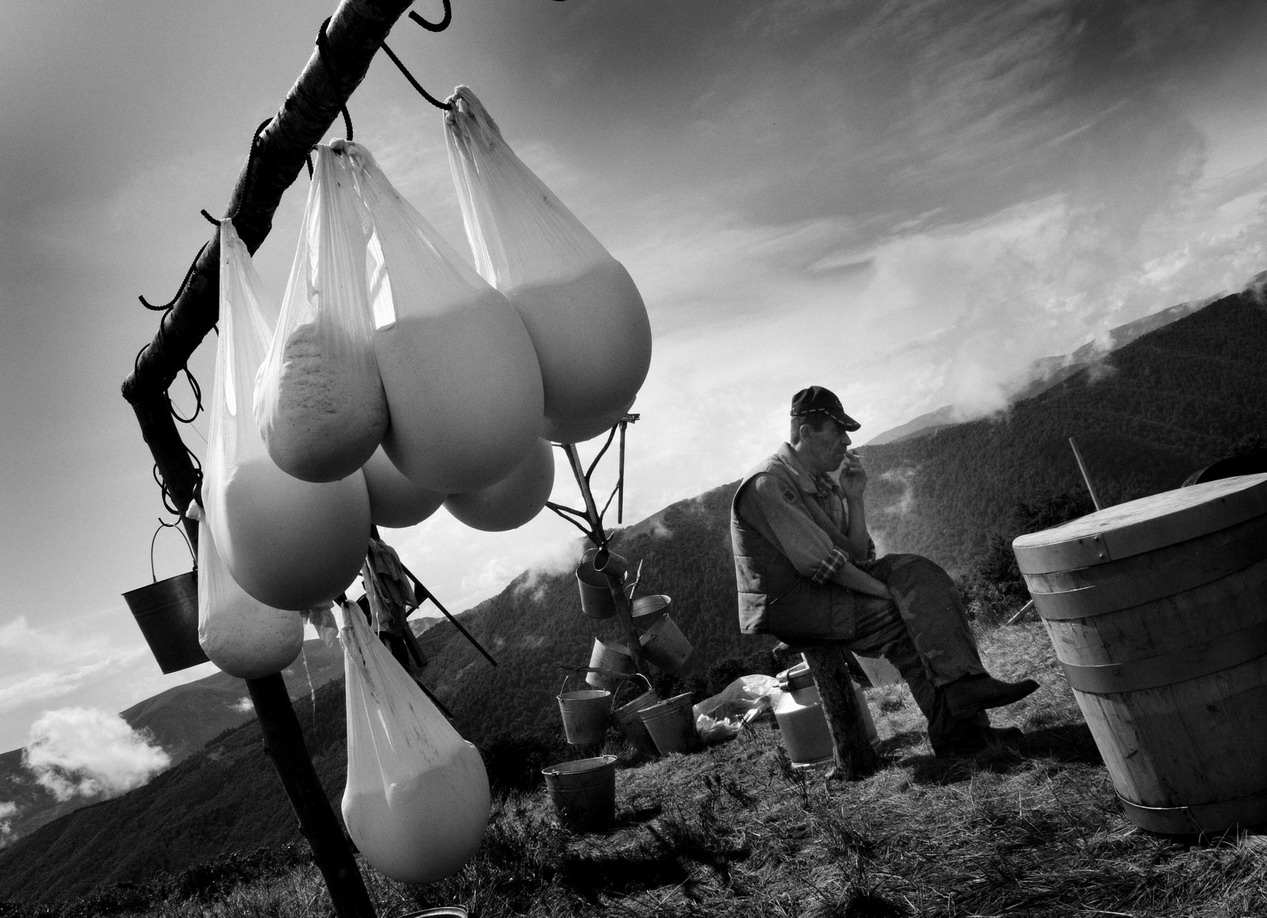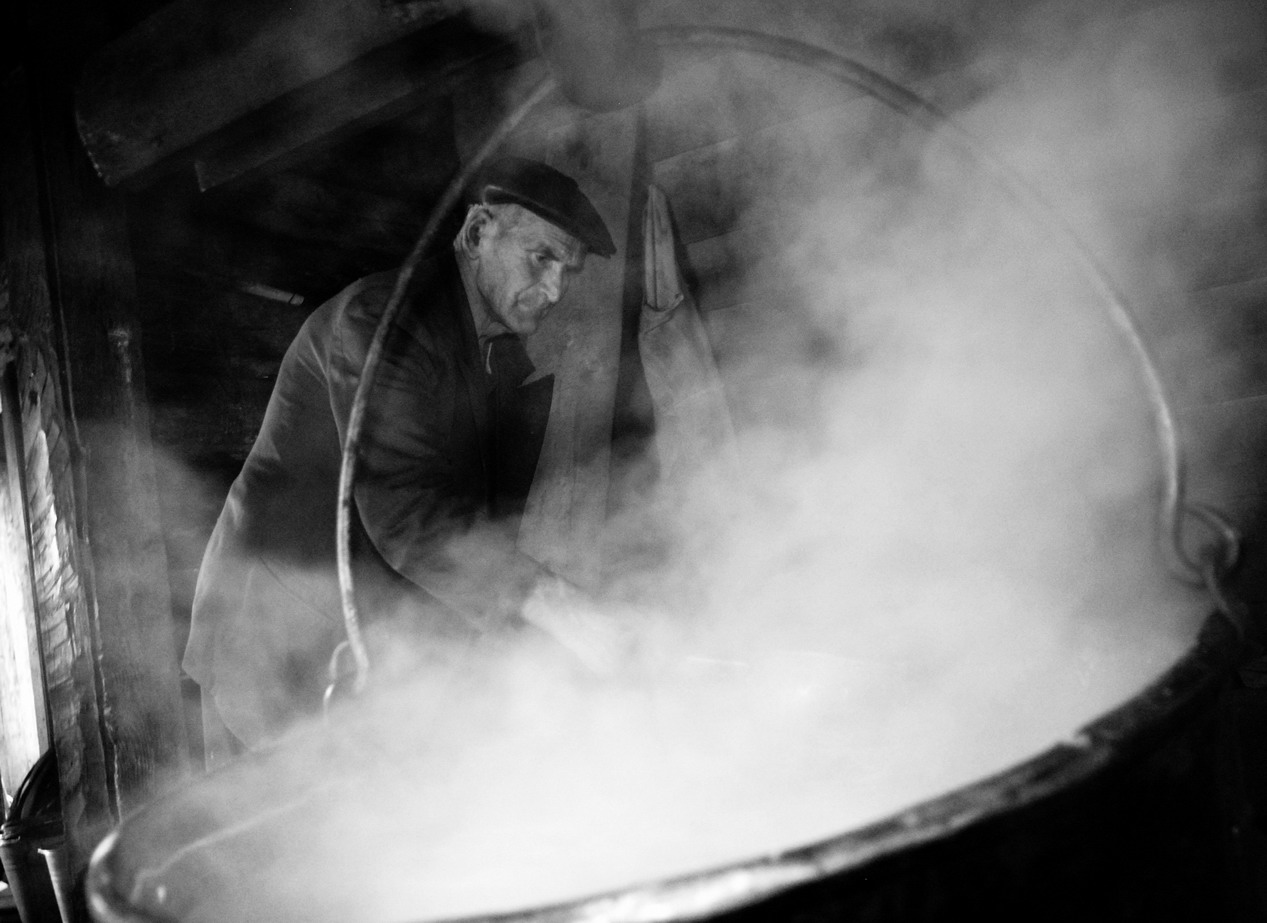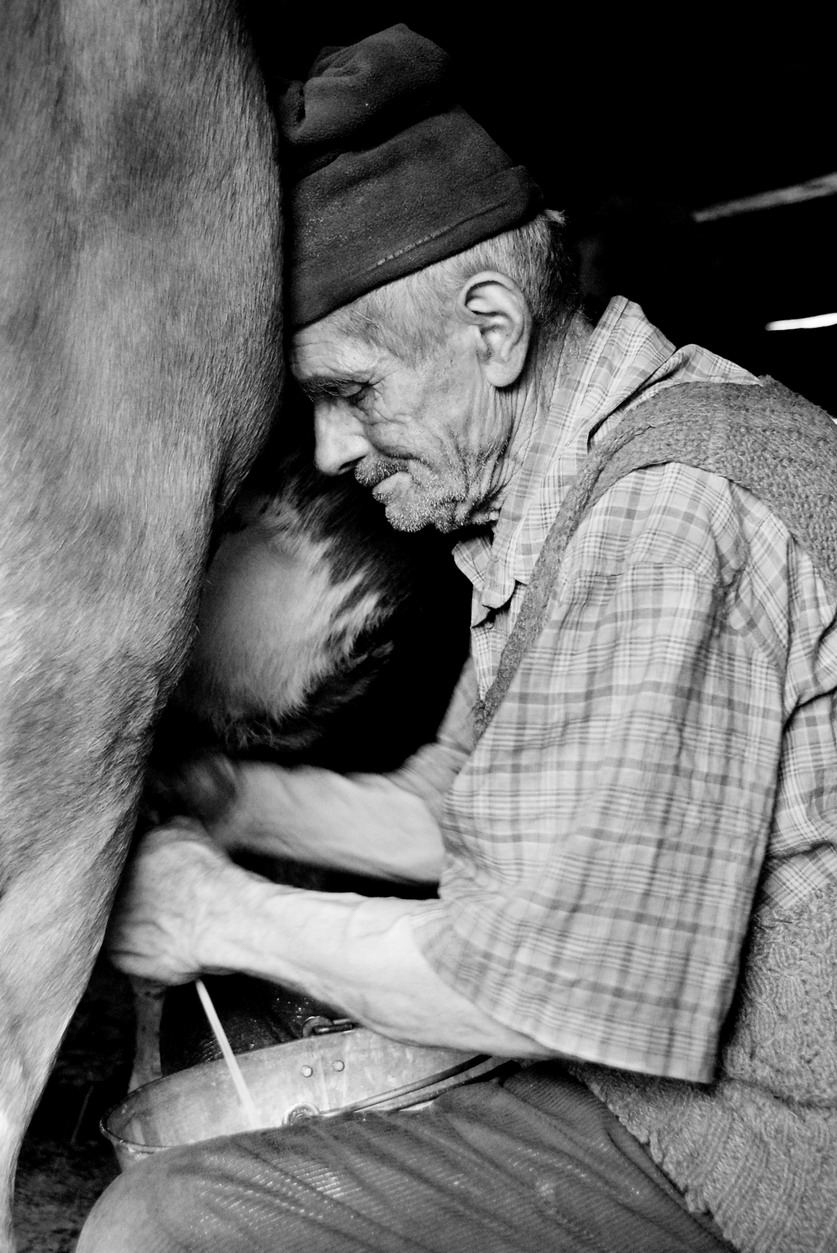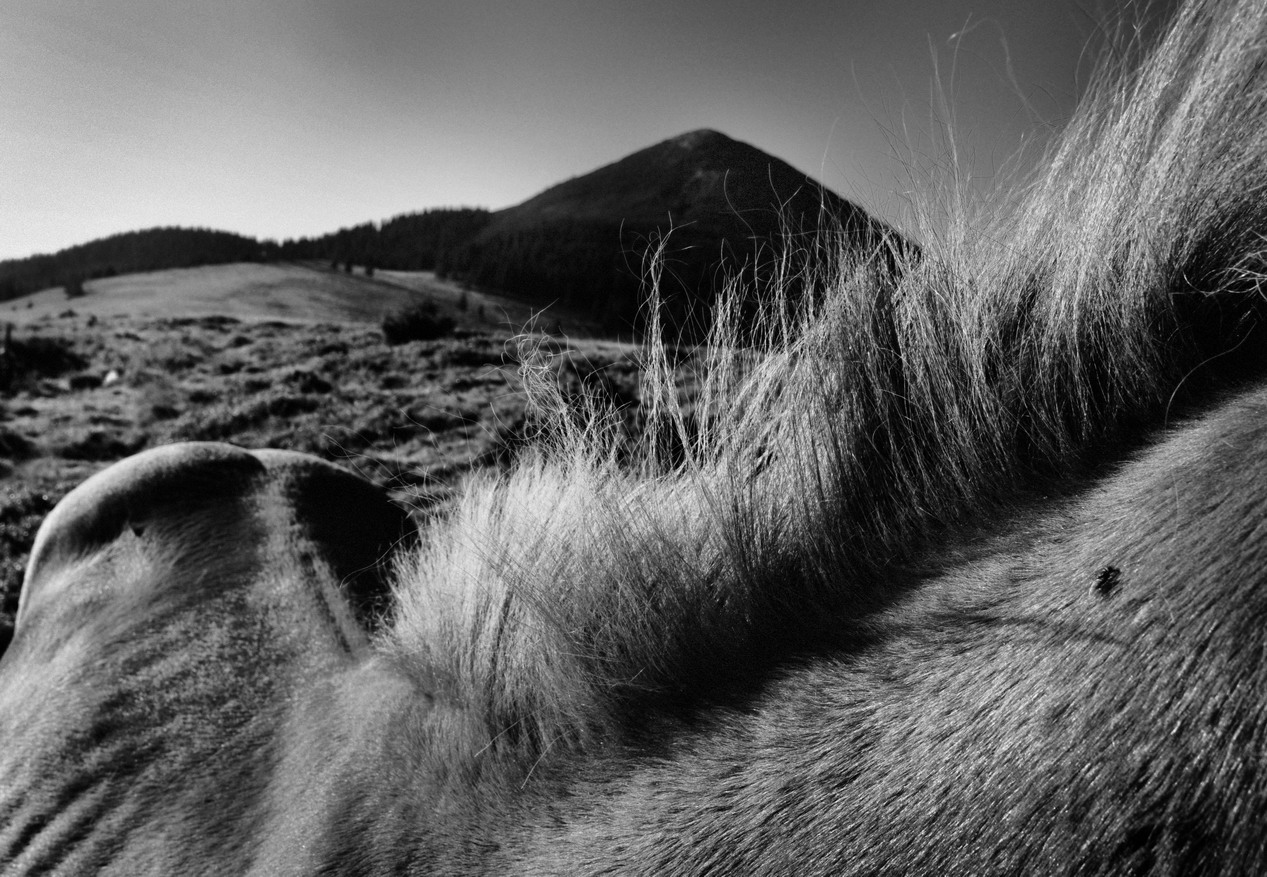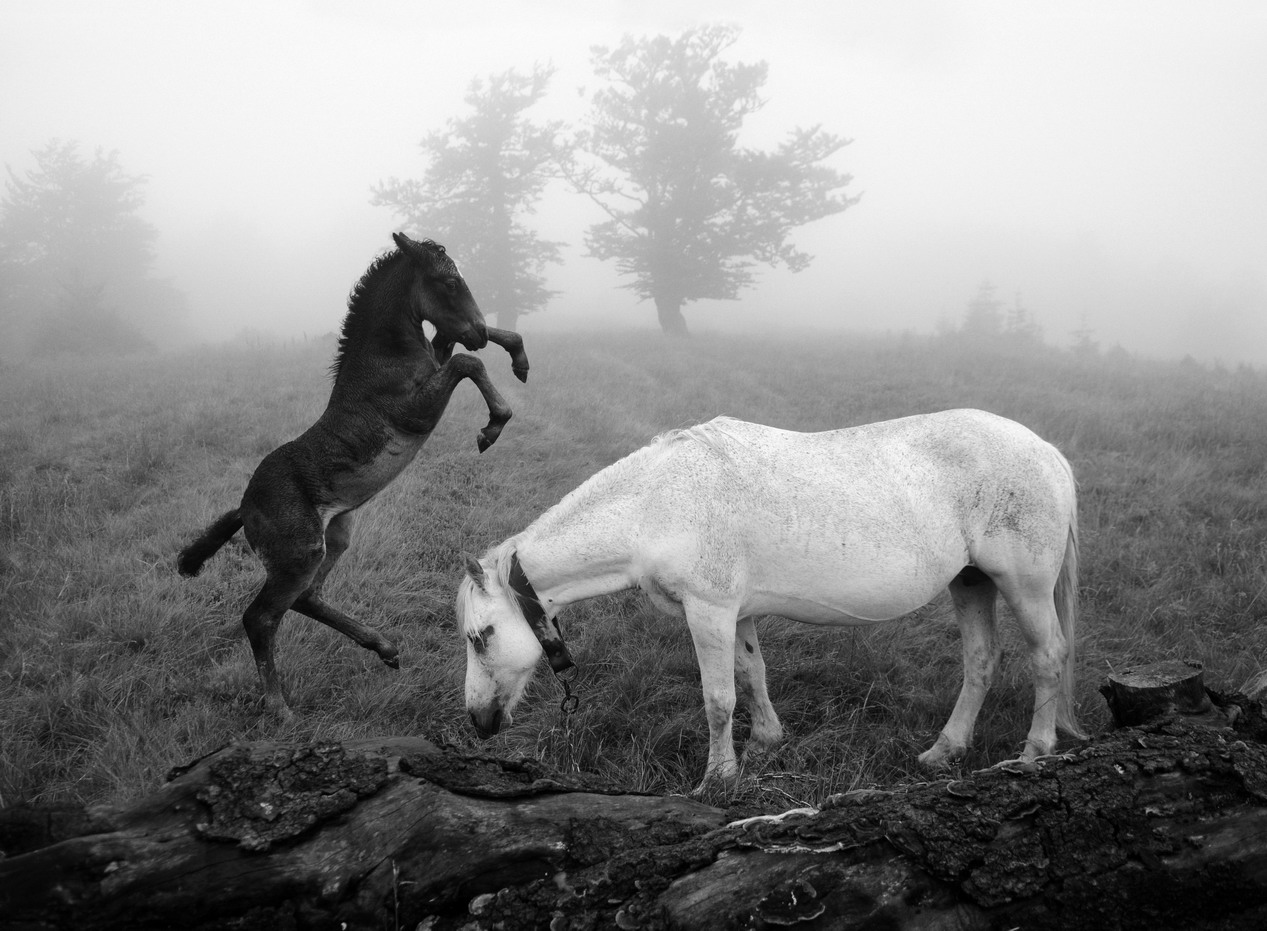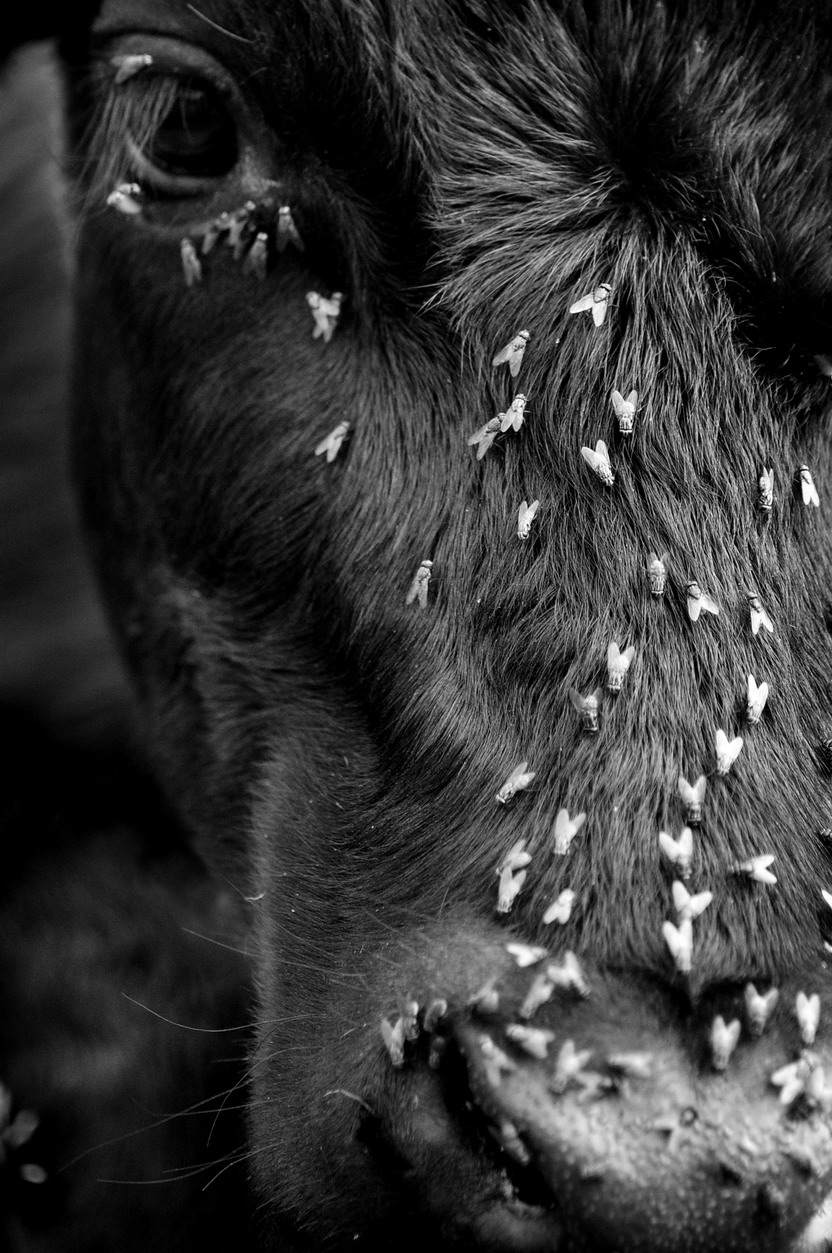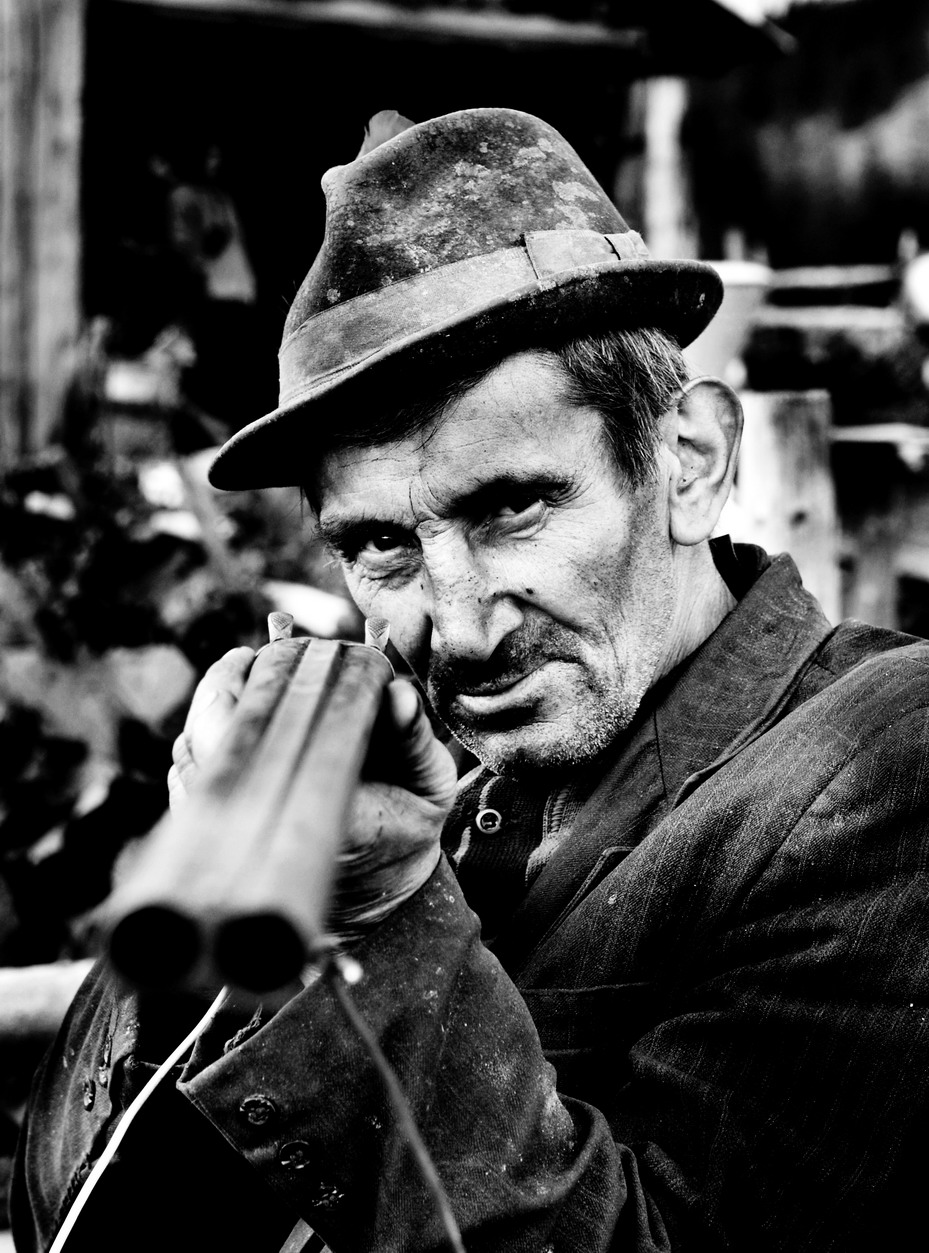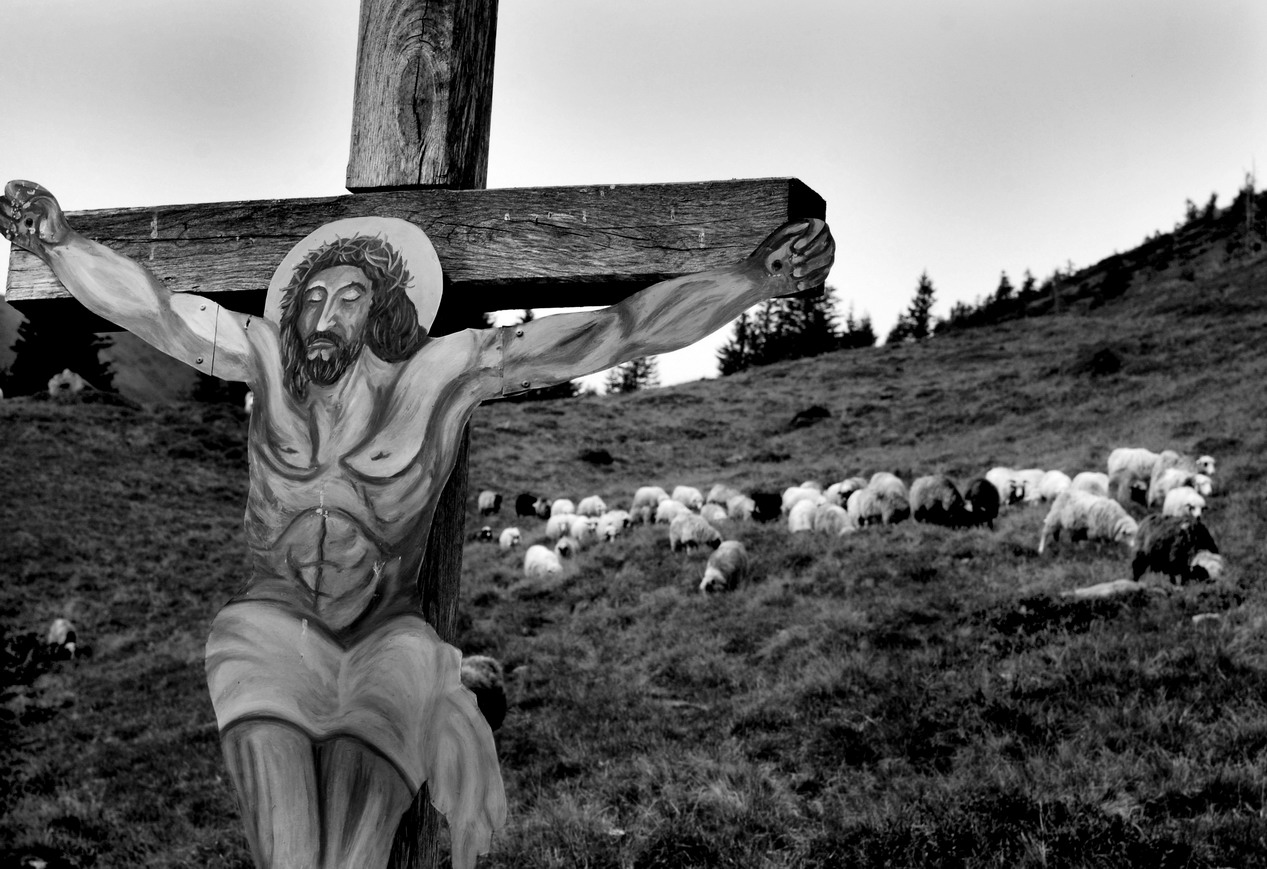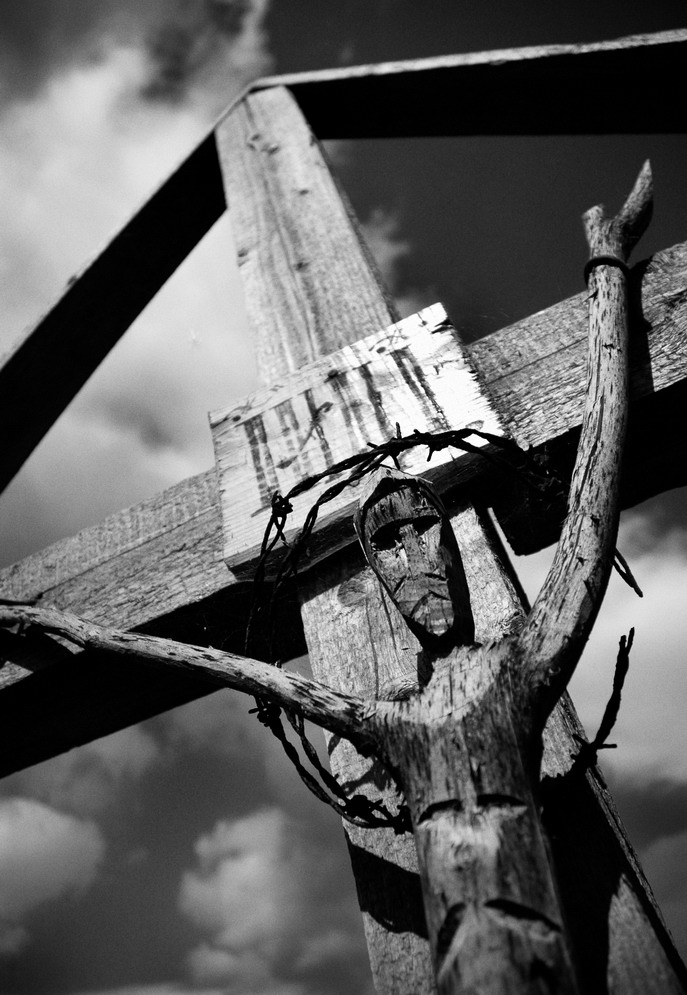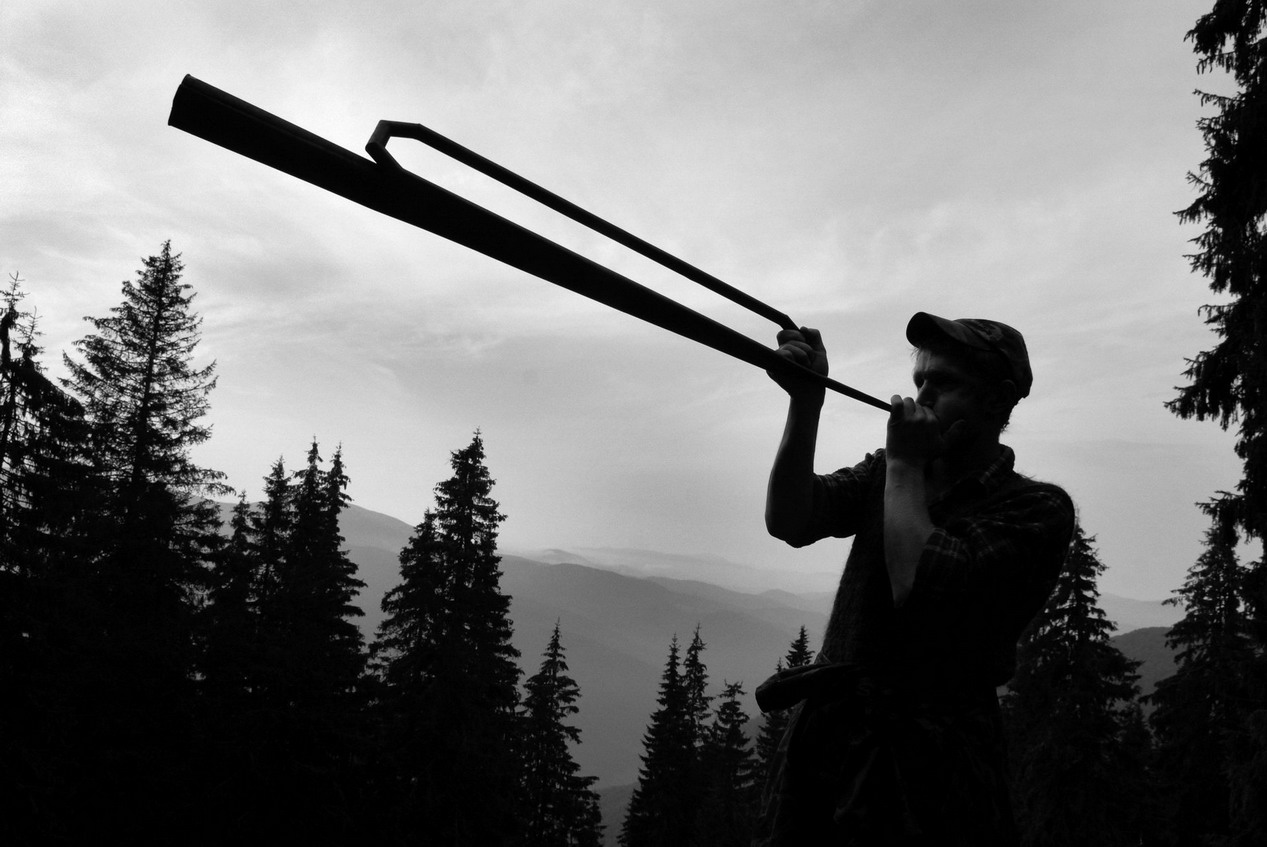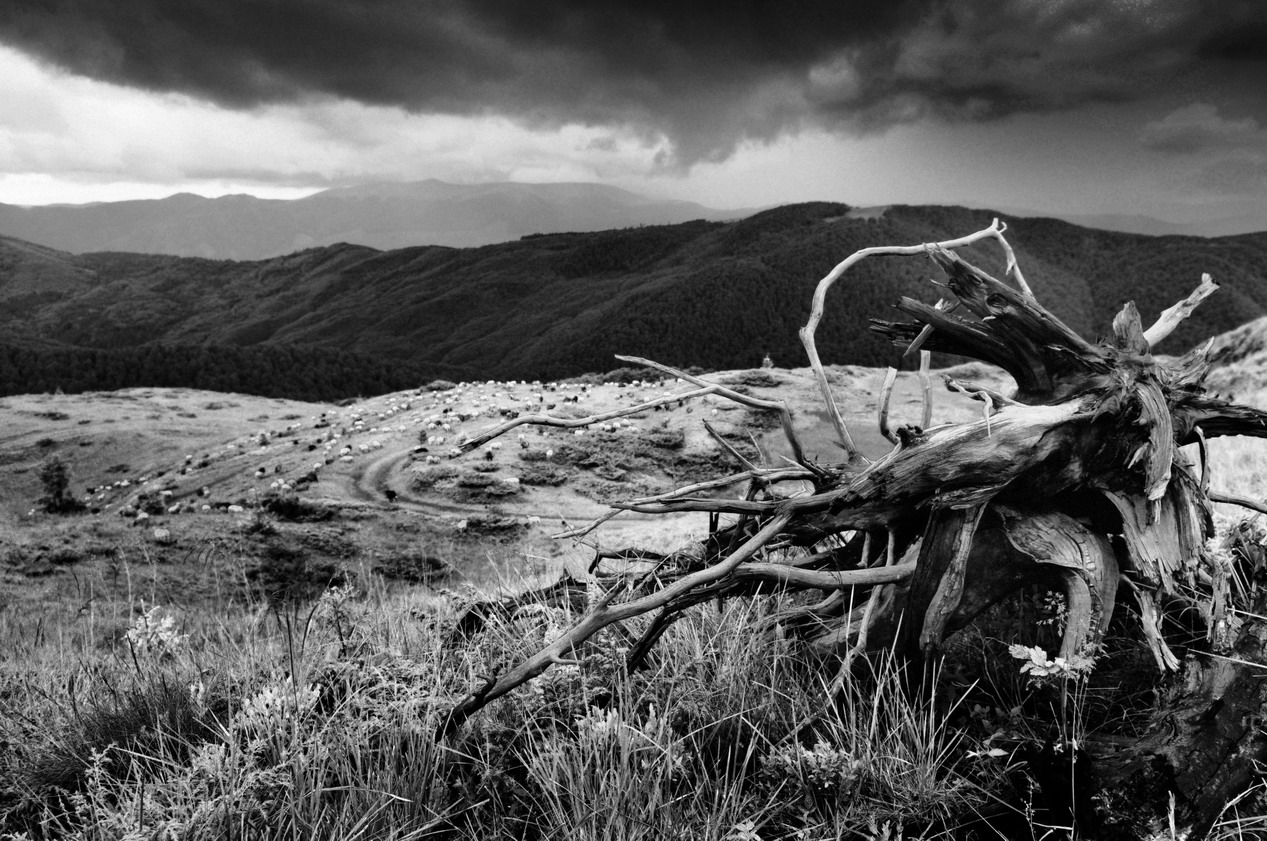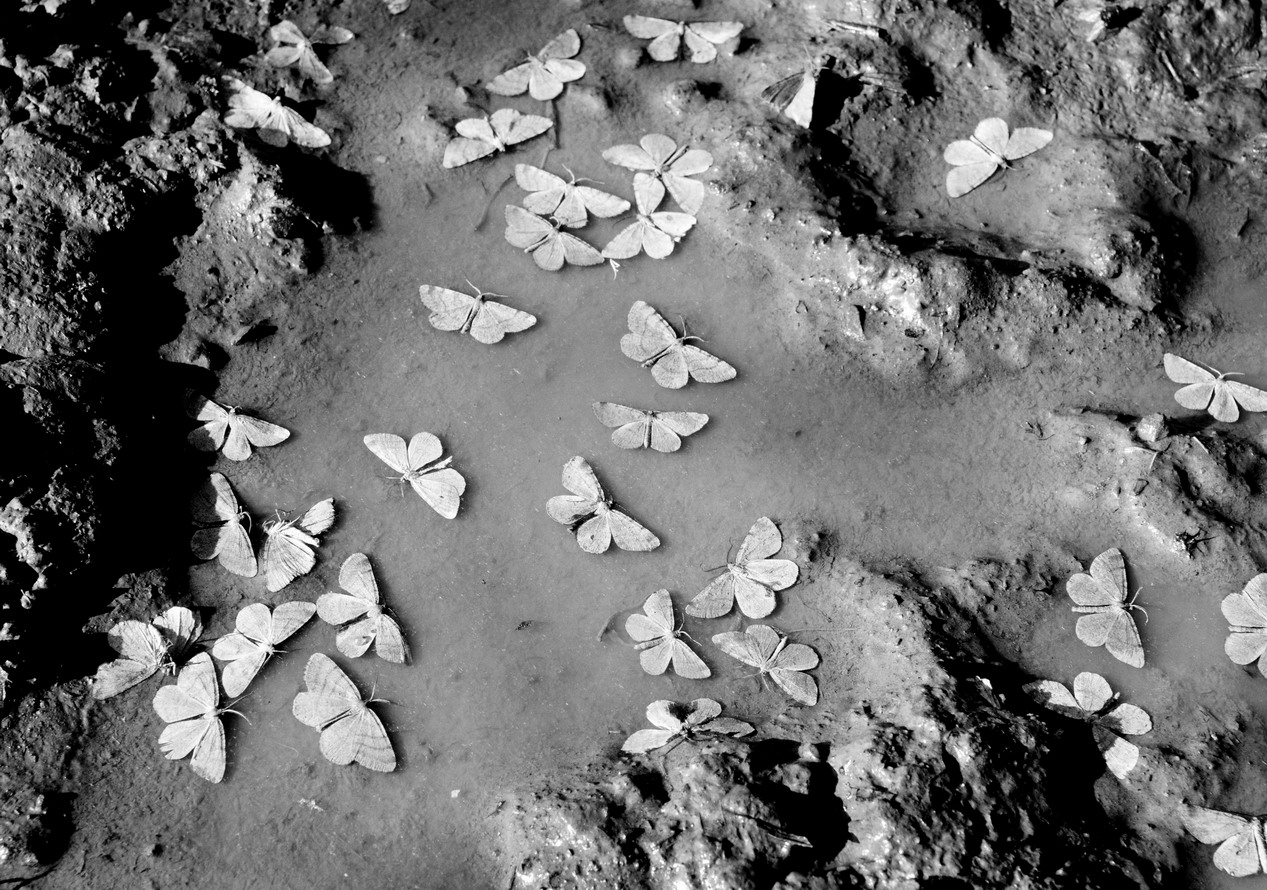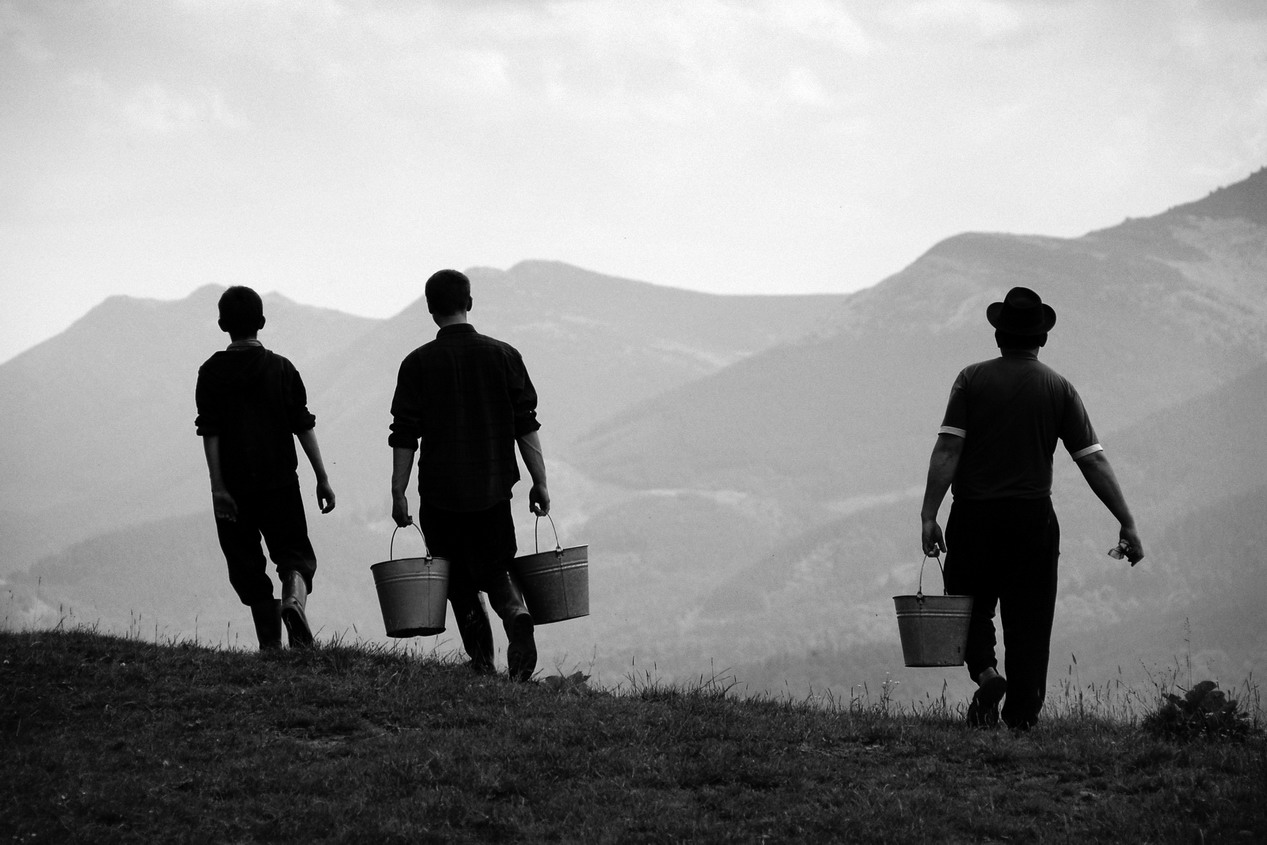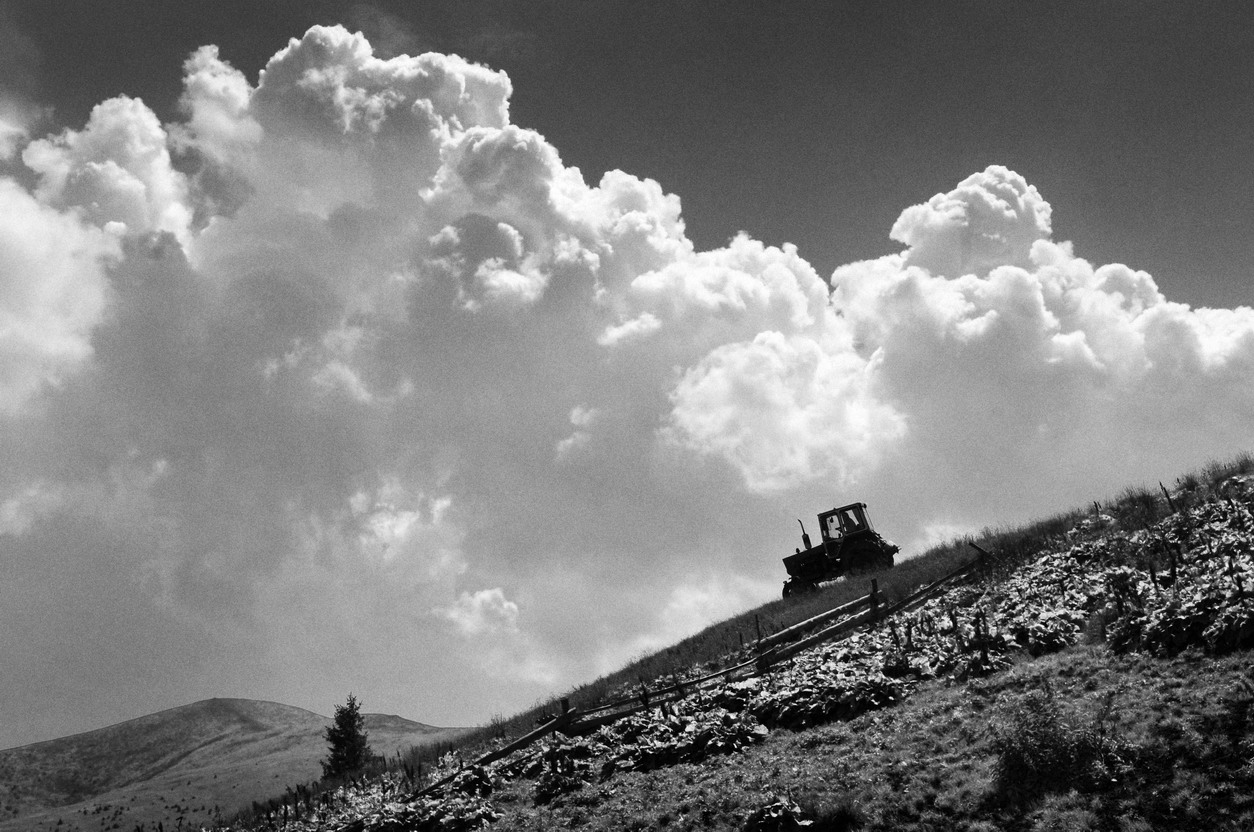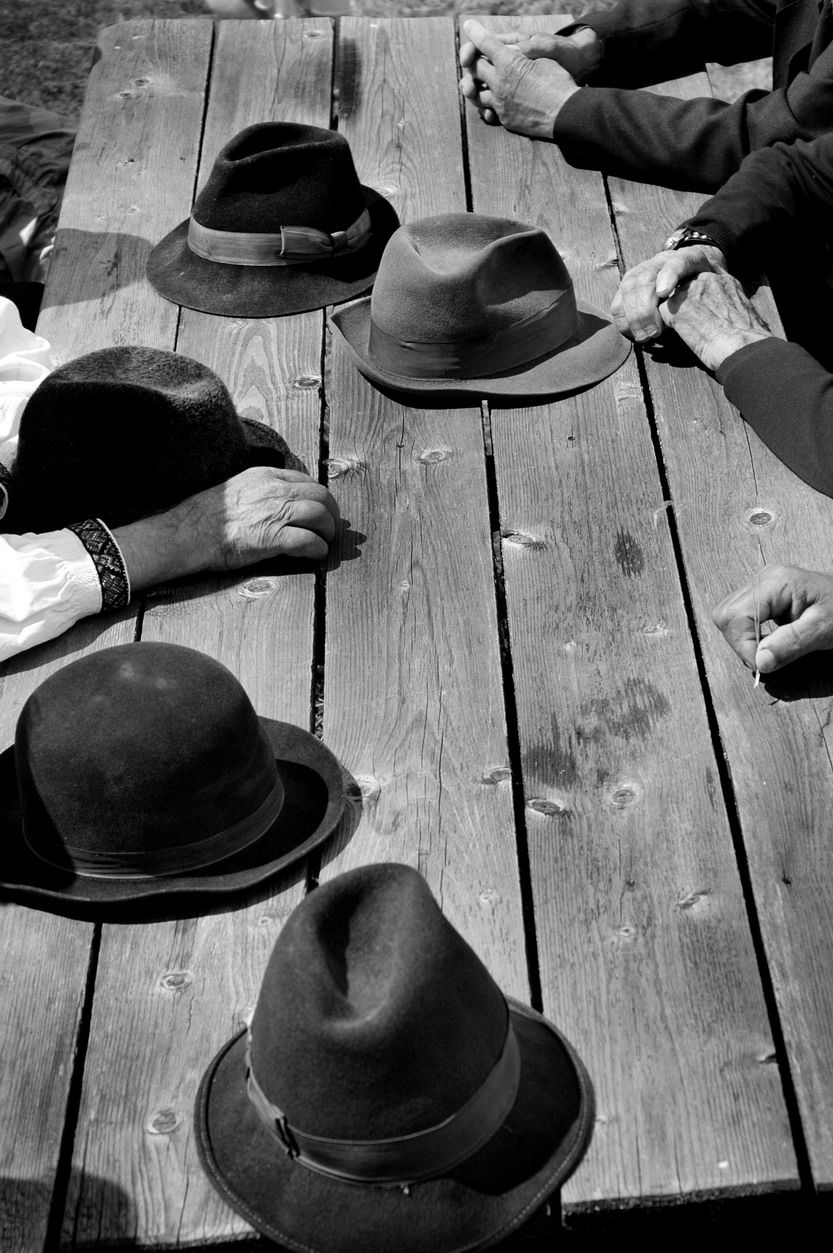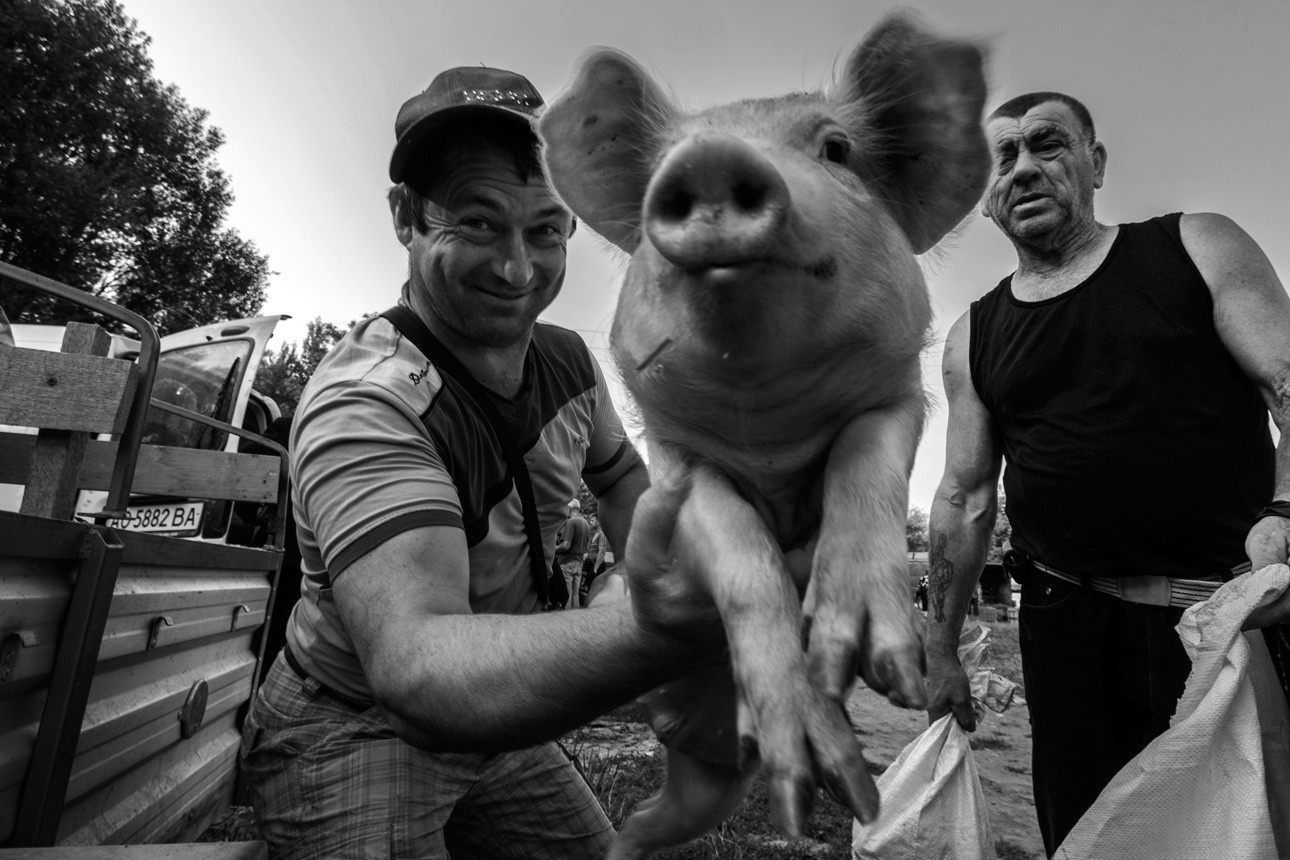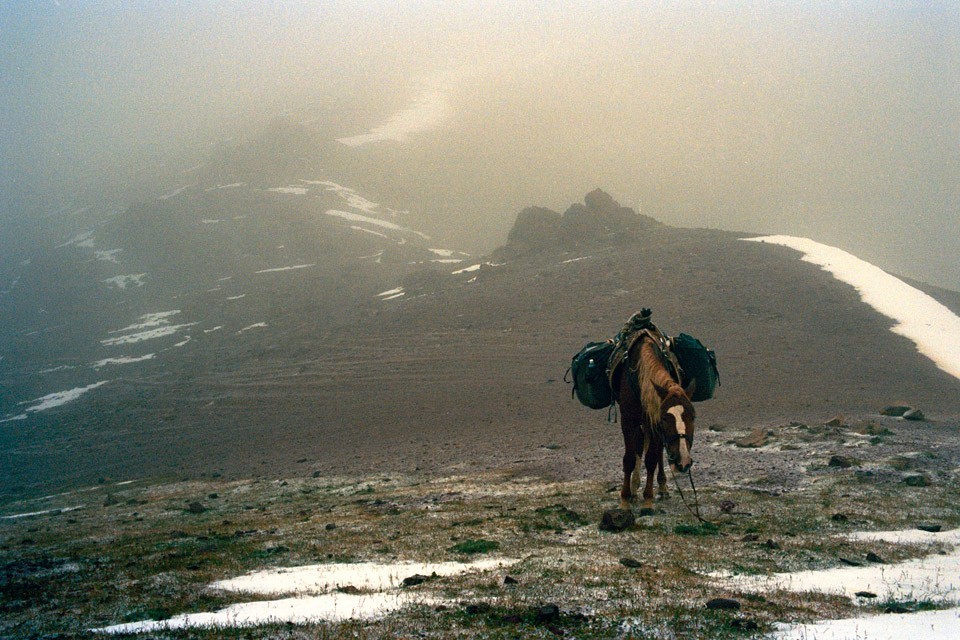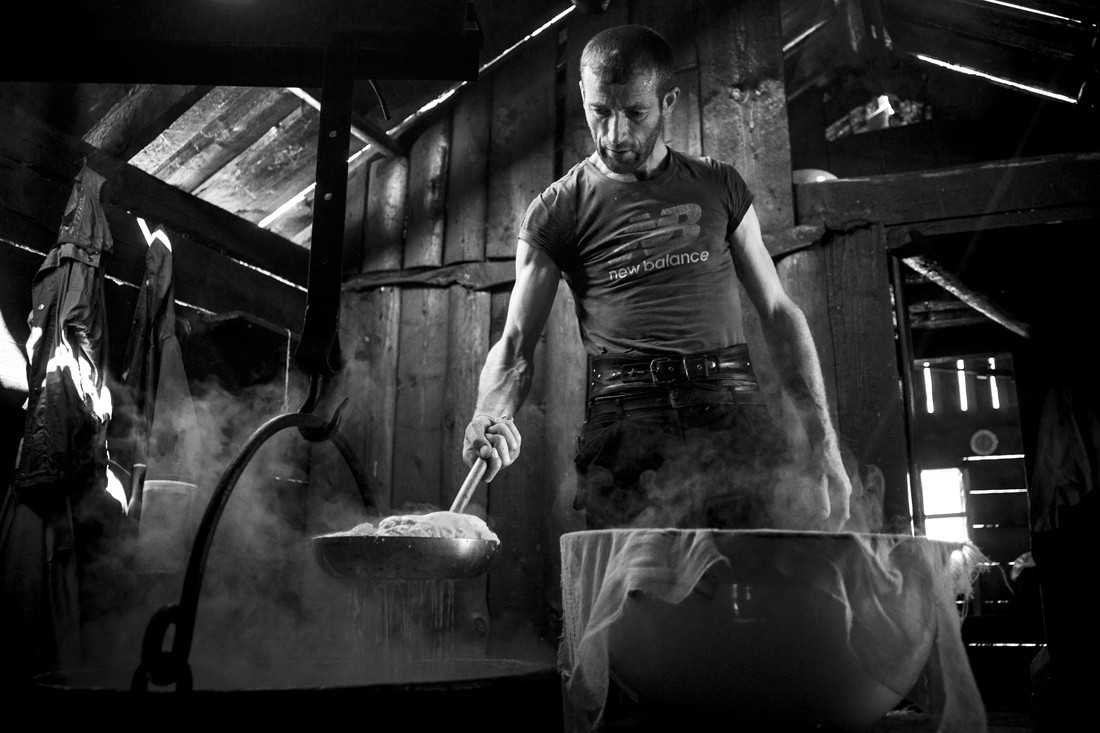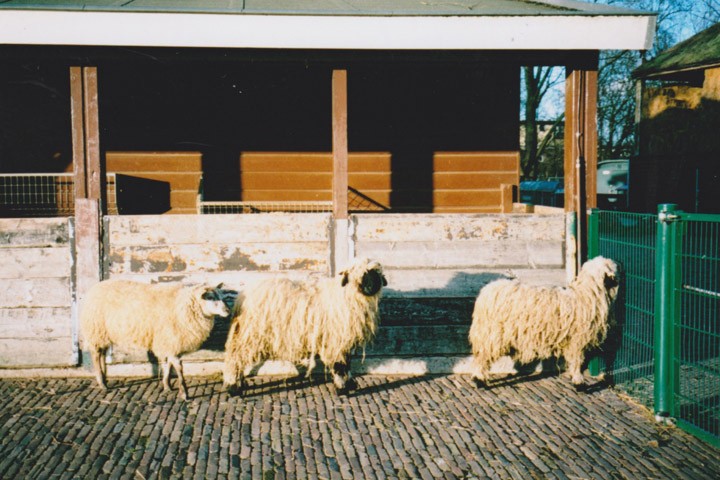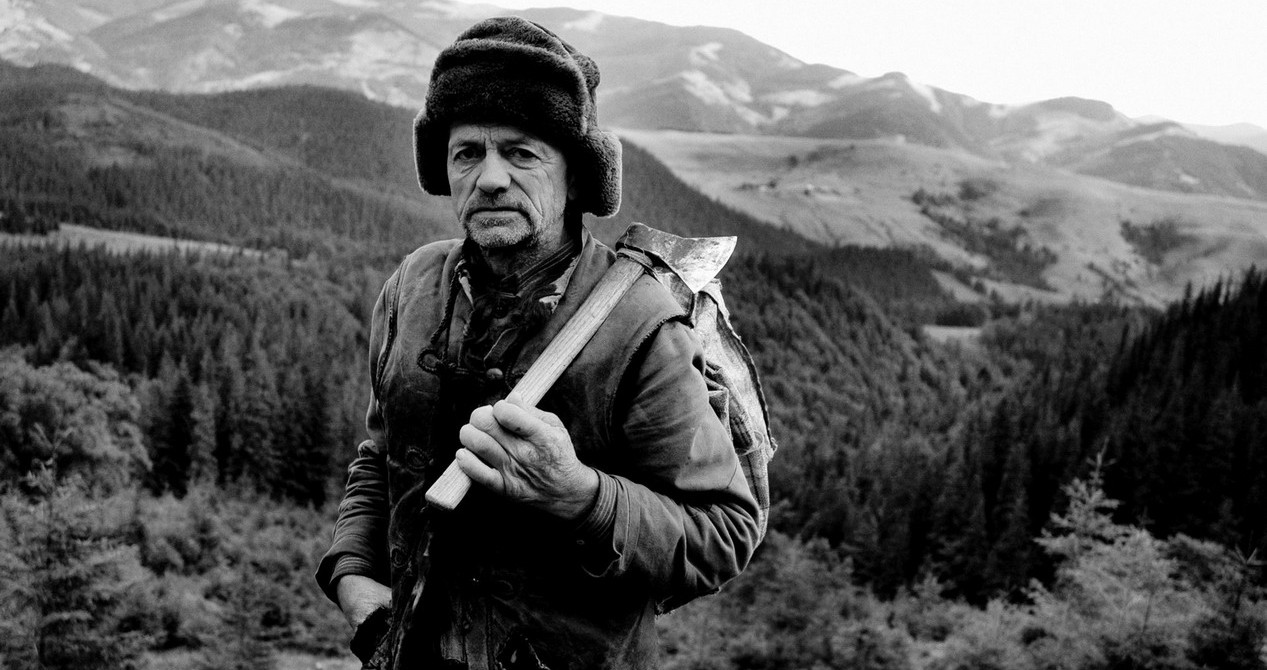
Sheep Dreams: Carpathian Shepherds in Yurko Dyachyshyn’s Project
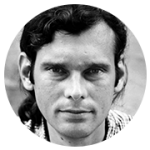
Born and lives in Lviv. Works on personal documentaries and art projects. Published his works in The New York Times, The Telegraph, The Wall Street Journal, The Washington Post, Der Spiegel, Die Weltwoche, Mirror, La Repubblica, and many other media outlets. Had personal and group exhibitions in Ukraine, Russia, Poland, Australia, and Cambodia.
— I first met the shepherds in 2005. Back then, it was just a trip: I was too young a photographer to make it into a project. I wanted some fresh impressions: see how these people live, conquer a mountain, and get some rest away from the city.
I found a place to stay at Dzembronia village, in the heart of the land of the Hutsuls, and hiked up to Smotrych pasture where the shepherds lived. They were used to the tourists as their hut lay on the popular hiking route to the Pip Ivan mountain, one of the tallest in the Ukrainian Carpathians, and posed for the pictures willingly.
I brought back many photographs from that trip, or at least that’s what I thought then. I had a 500 Mb memory card, and it lasted me a week taking photographs of not only the shepherds, but also the landscapes, as well as my girlfriend and myself.
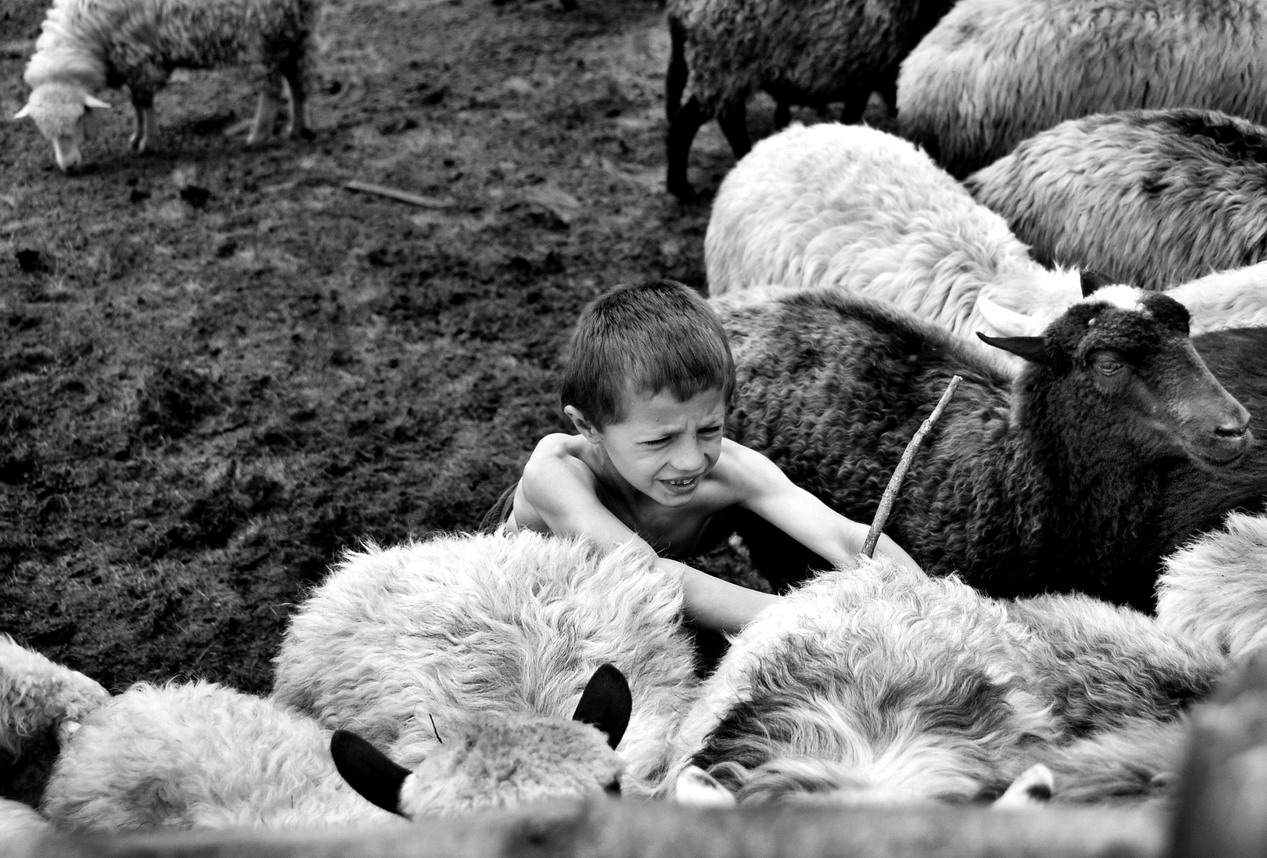
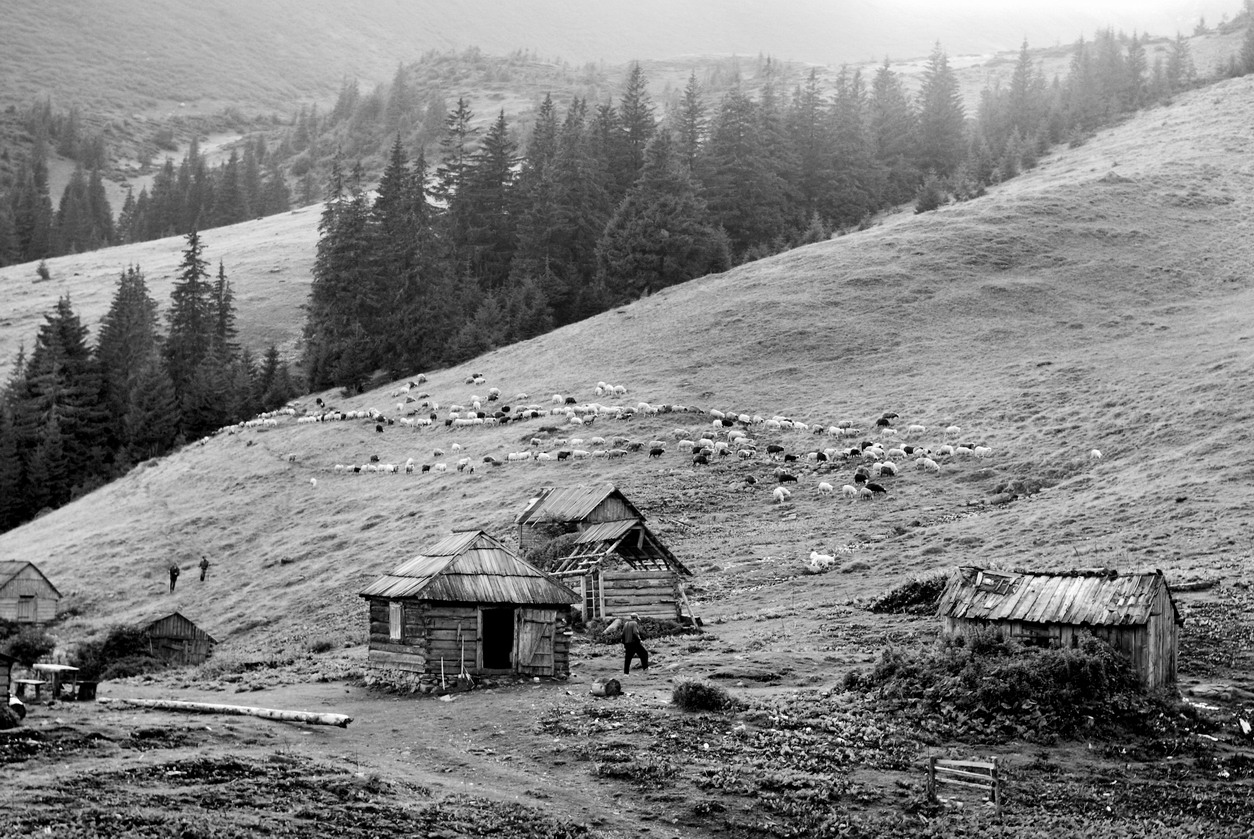
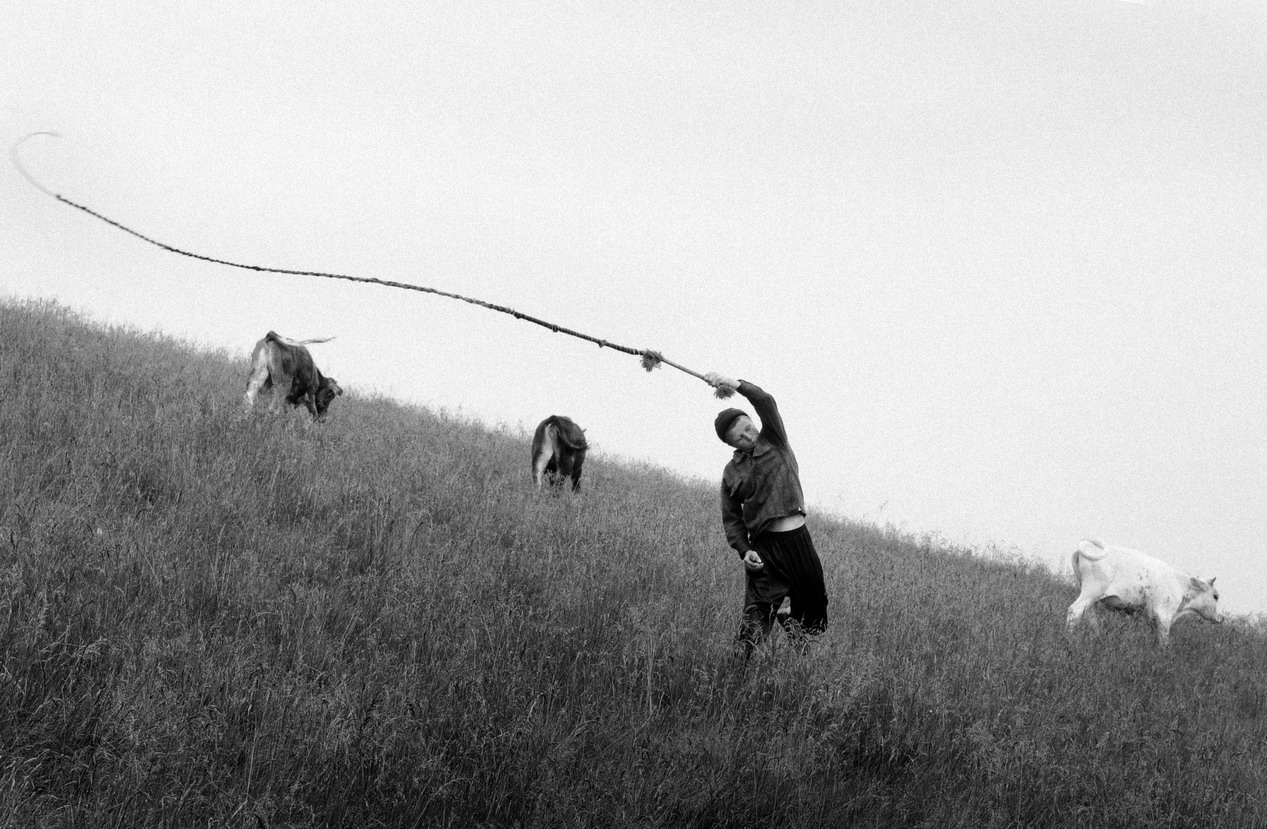
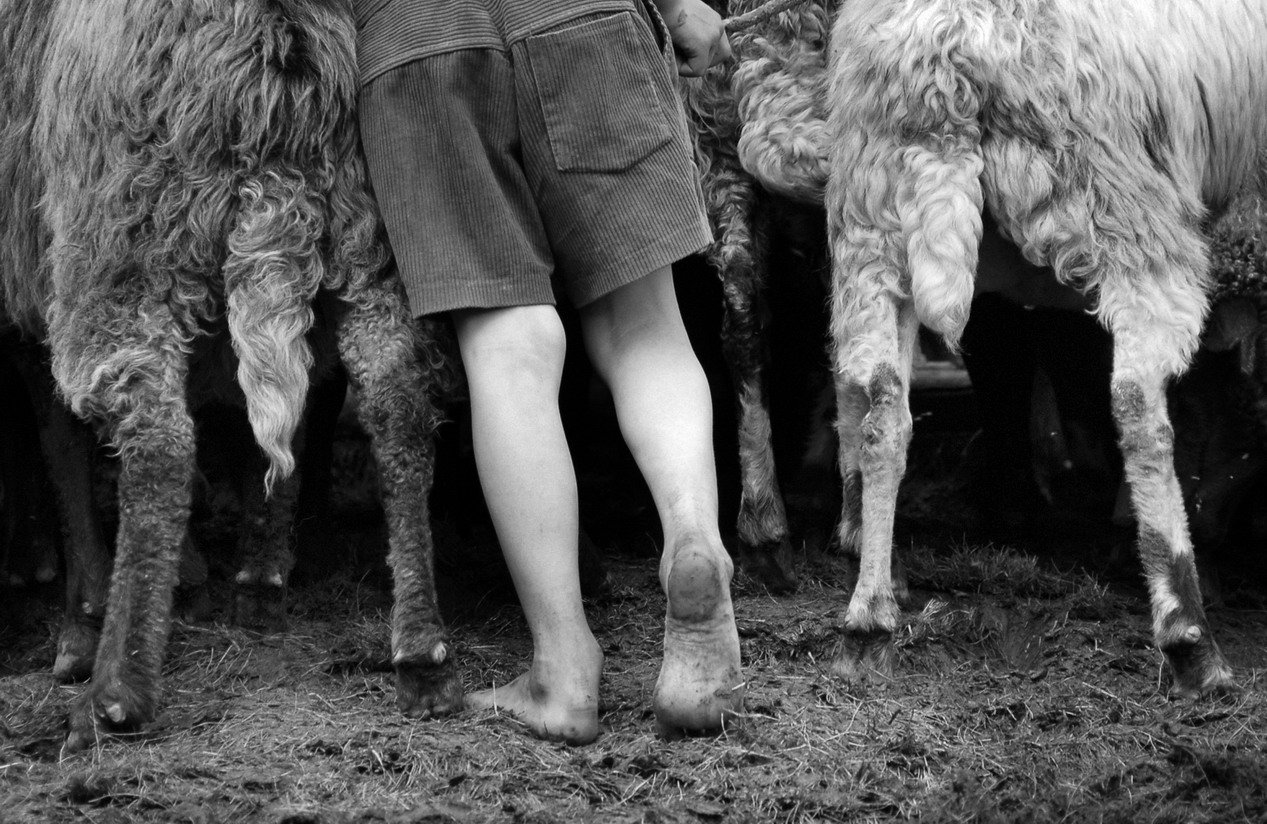
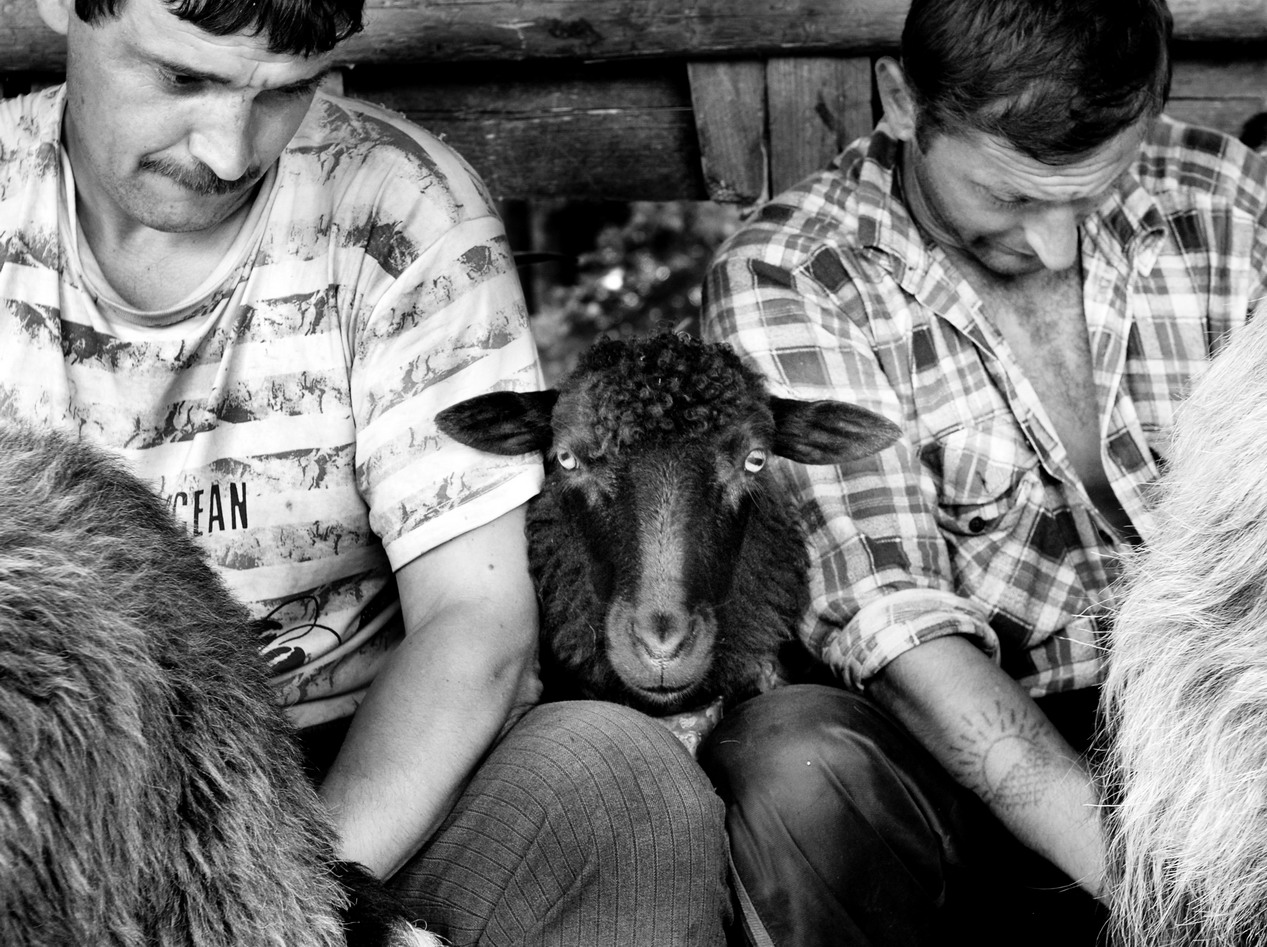
I was so impressed by the first trip that a year after I went to the same place, that time with the idea of making a photo narrative about the shepherds. It took a lot of time to hike up to the pasture and go back to the village — I had only several hours to take the photographs. So, the next year, in 2007, I bought a tent to spend more time in the shepherds’ settlements.
The Carpathian weather often became a problem. In the mountains, you don’t know when it will start raining. One time I barely set up my tent when it started pouring, and the rain didn’t stop for several days. All this time it was impossible to light a fire to cook food. Besides, it seemed that lightning was about to strike right on top of us. The shepherds joked that I shouldn’t be afraid — the lightning would first hit the tree, and then my tent, only after the tree burns. A charred tree nearby made them sound convincing.
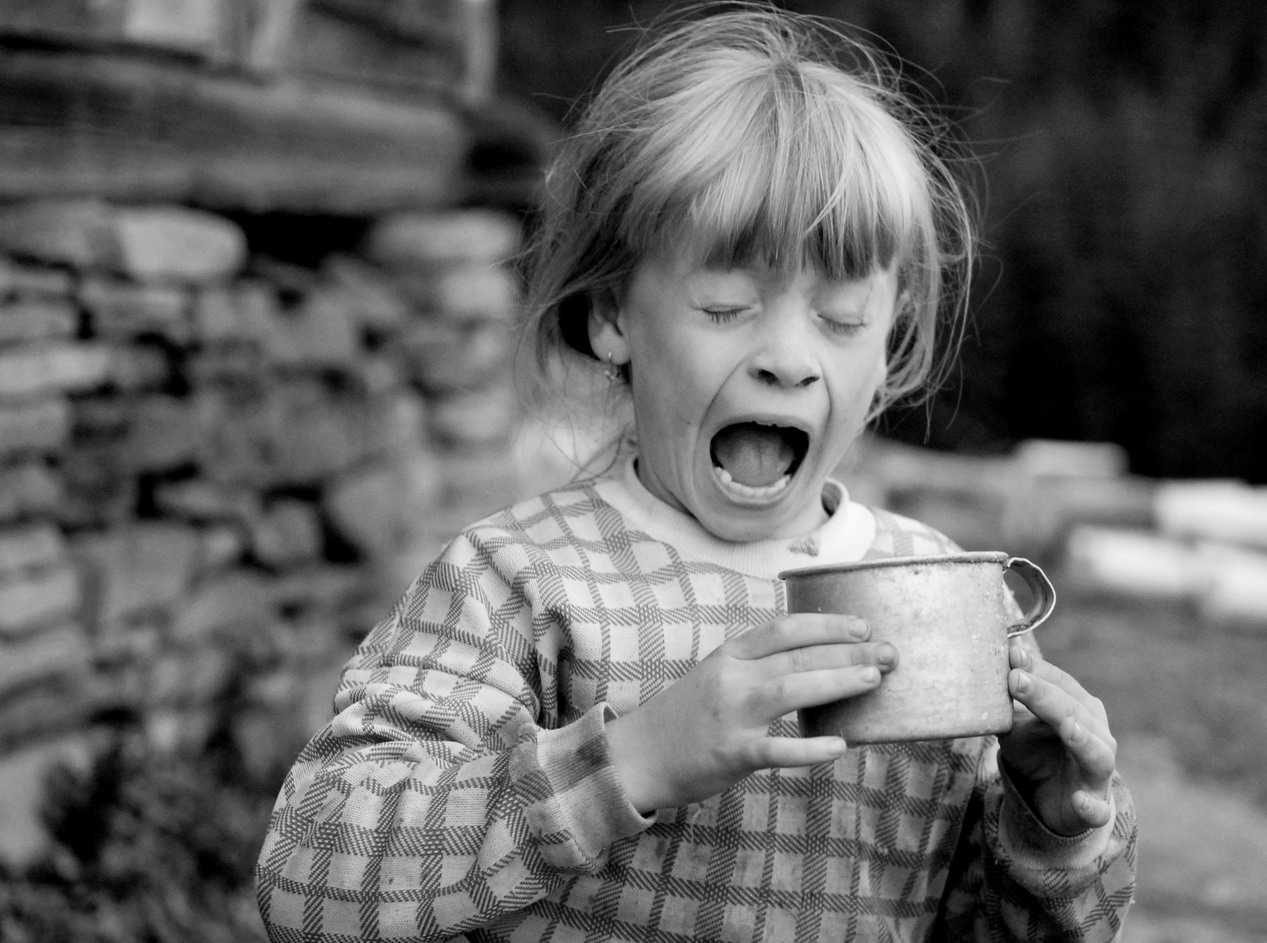
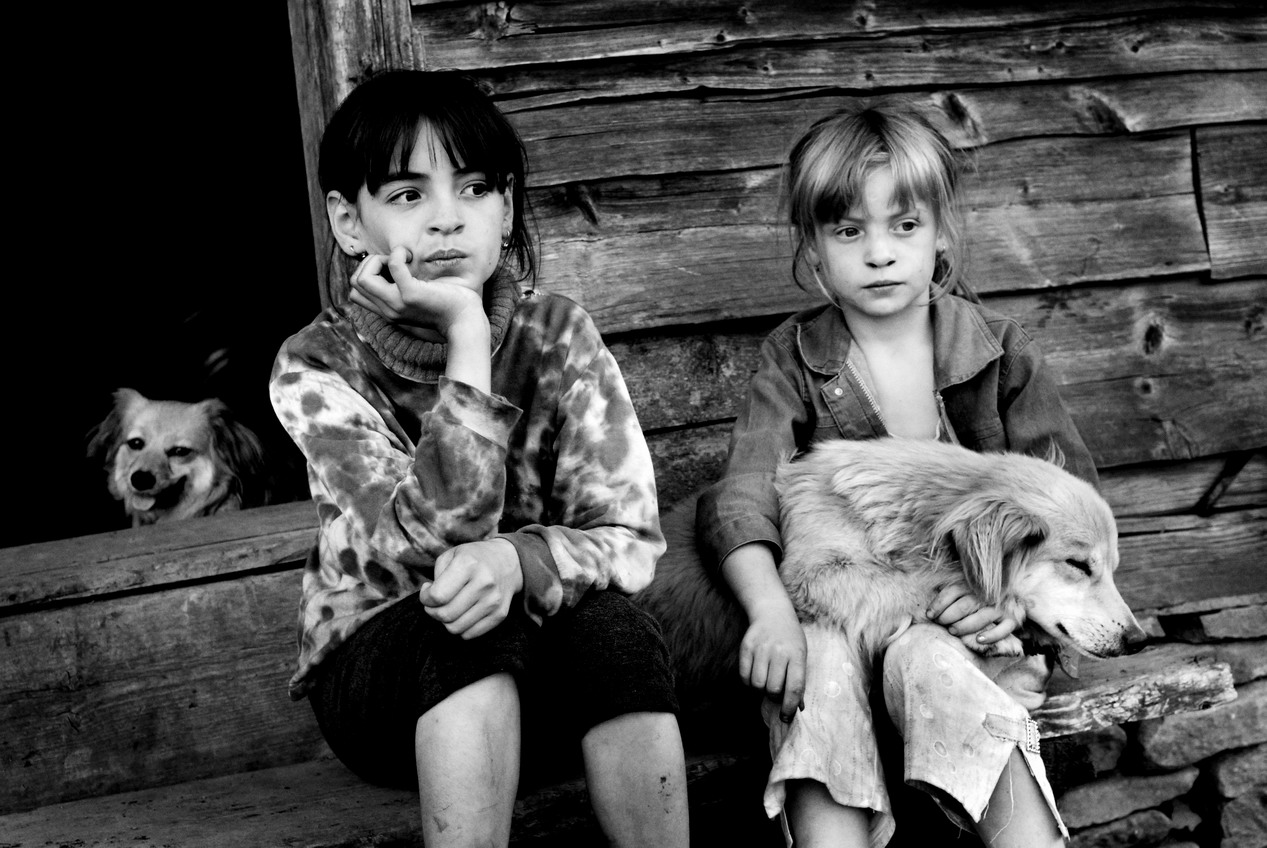
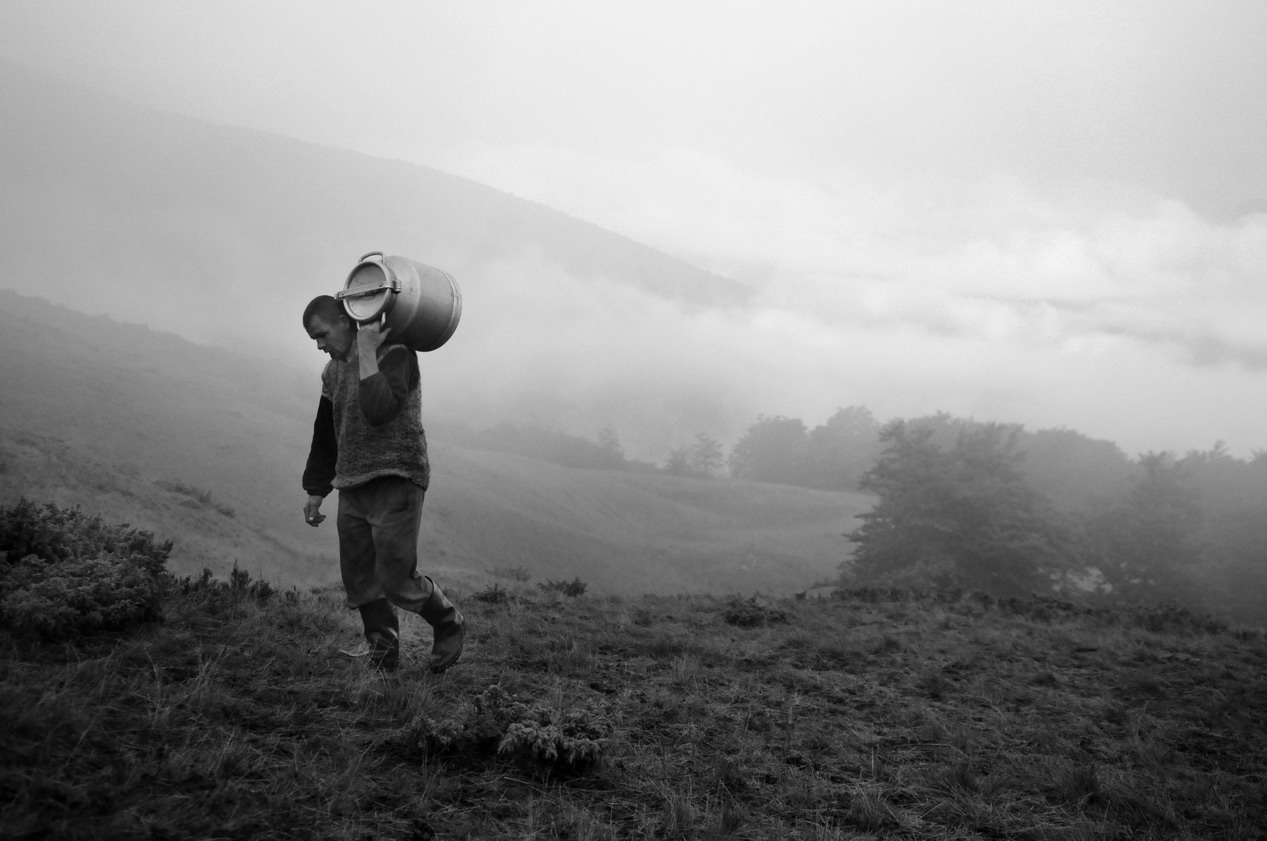
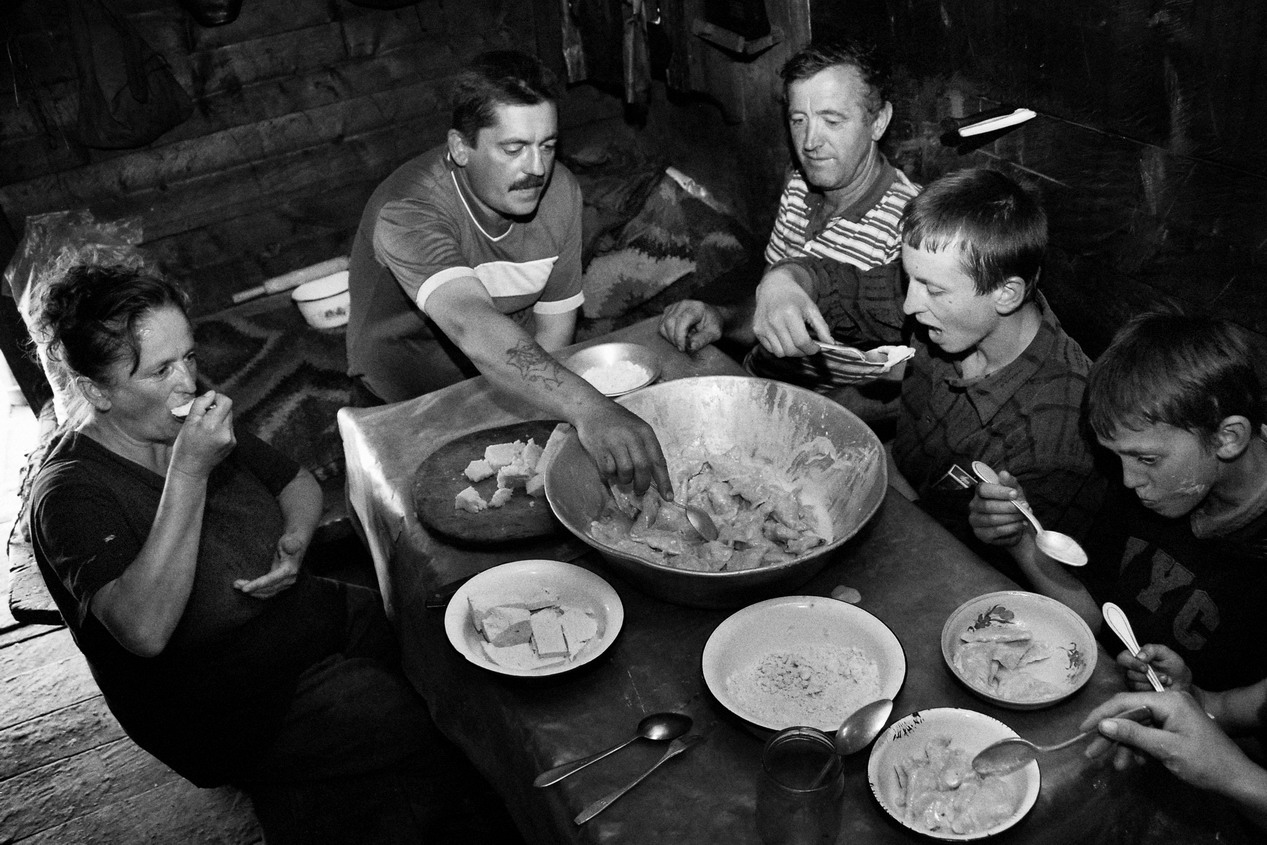
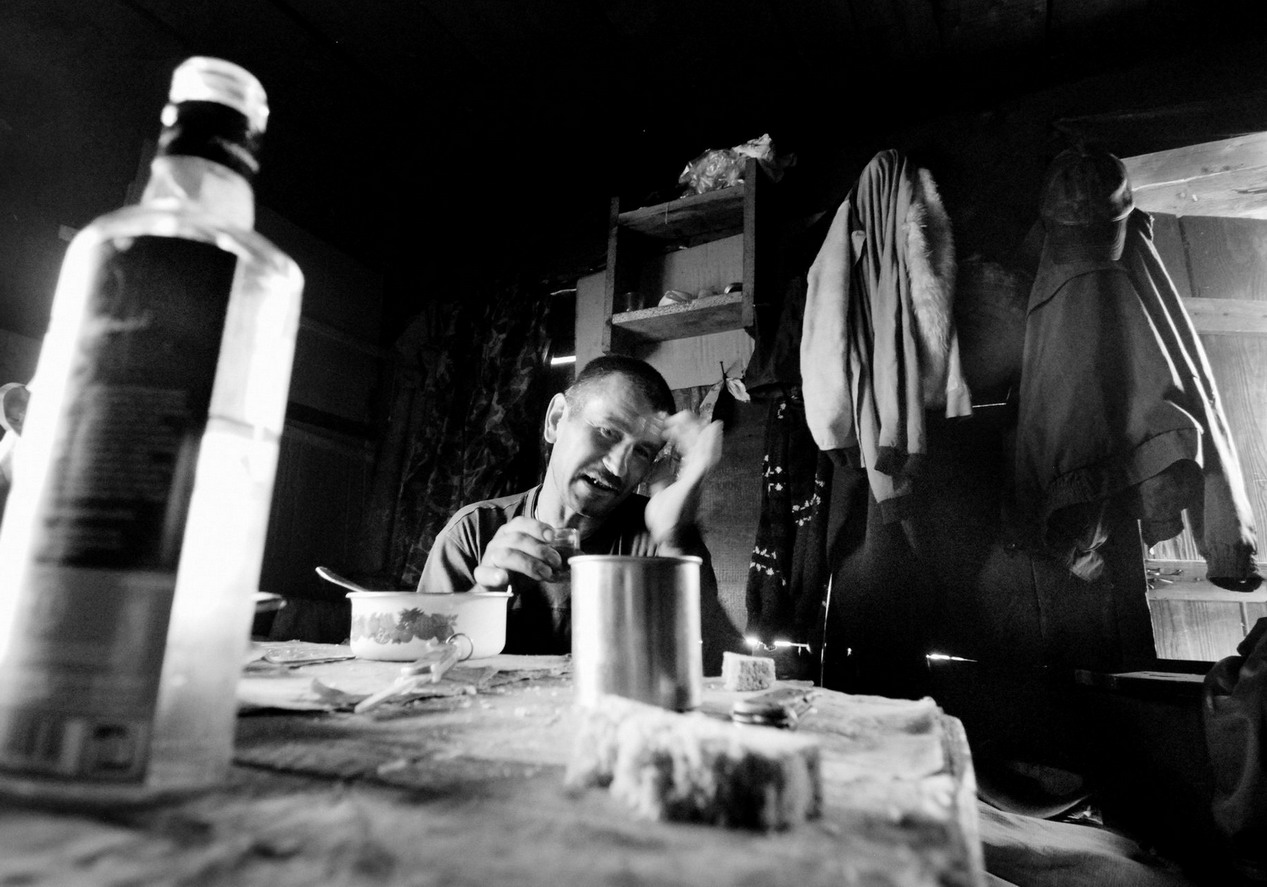
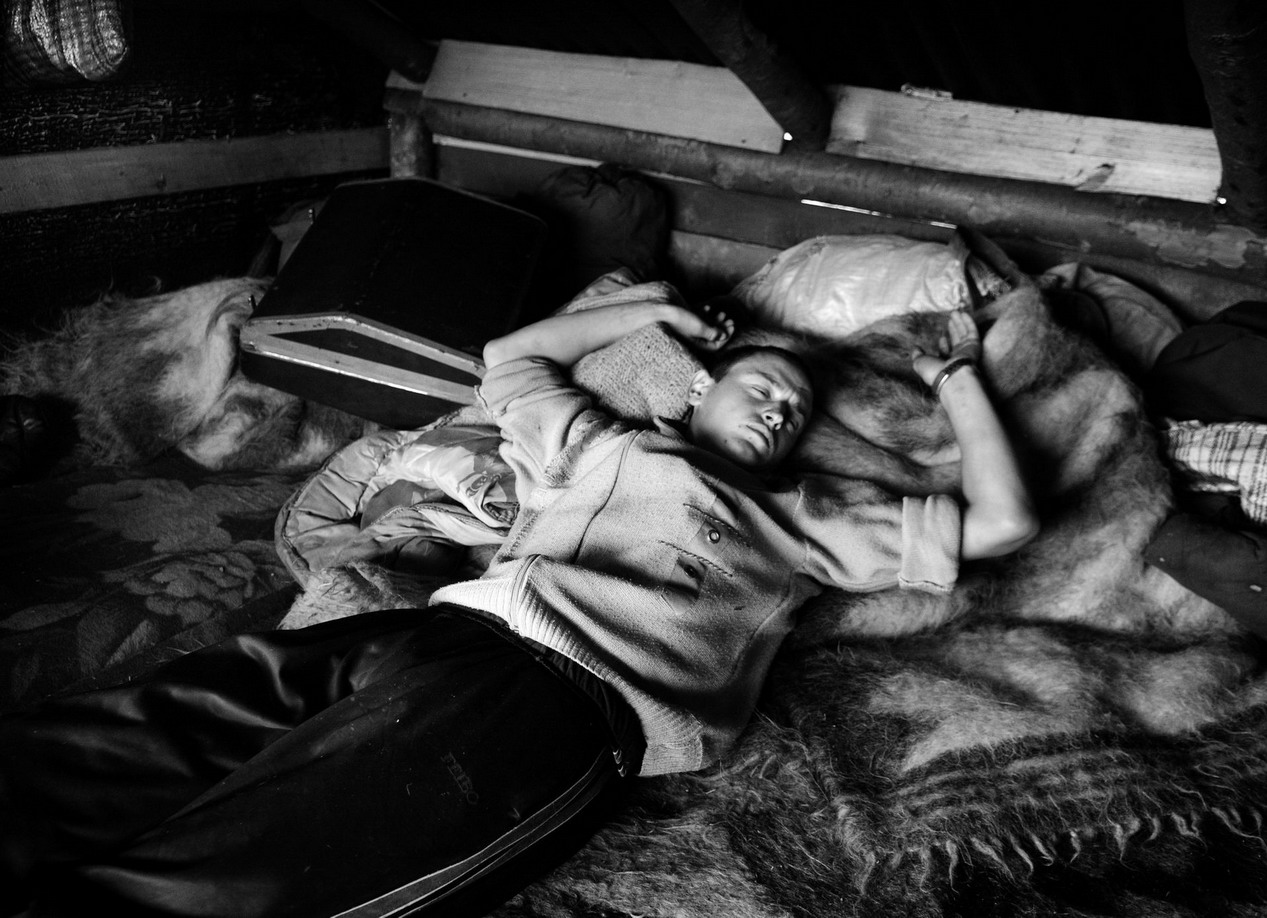
I wanted to capture a trade that looks the same today as it did many centuries ago. I wanted to show that despite the technical progress some professions stay exactly the same. In 2005–2011, when I was working on this project, sheep farming was going through a decline, and it seemed like it was about to go extinct. Sometimes I would come back to the same pastures that I had visited the summer before, only to discover they had been abandoned. I had a lingering feeling that this was the end. Luckily, in recent years the trade started to recover, thanks to the demand for organic products. That’s why, despite the hard work it requires and the difficult living conditions of the shepherds, sheep farming is out of the woods for the foreseeable future.
This project makes me feel nostalgic about my youth. It brings back the memories of how fun the hiking trips were, and how exhausting they were for me, a young man with no corresponding physical training. This is nostalgia for the way I looked at the world back then. Had I taken these photographs today, they would have been different.
